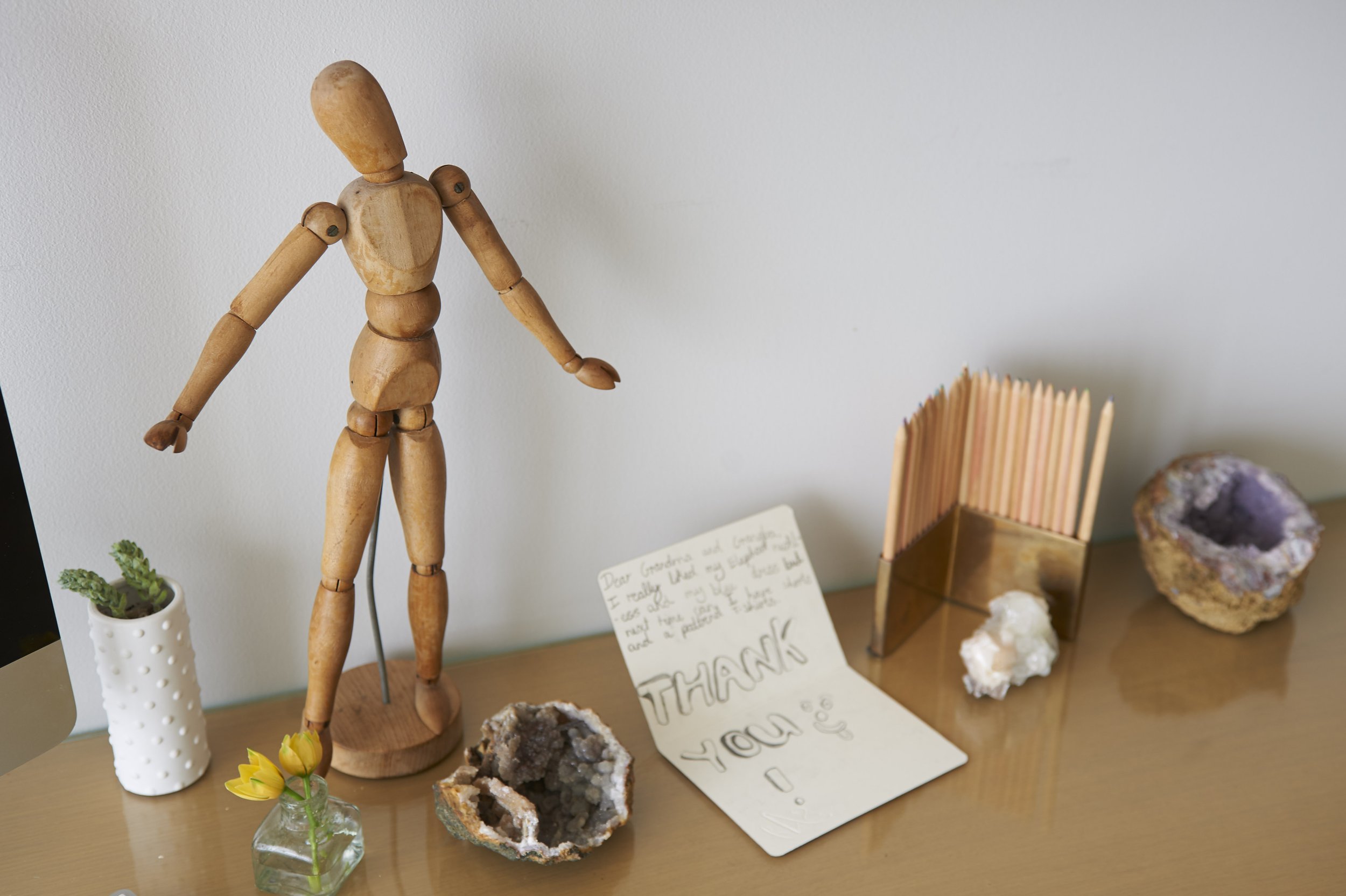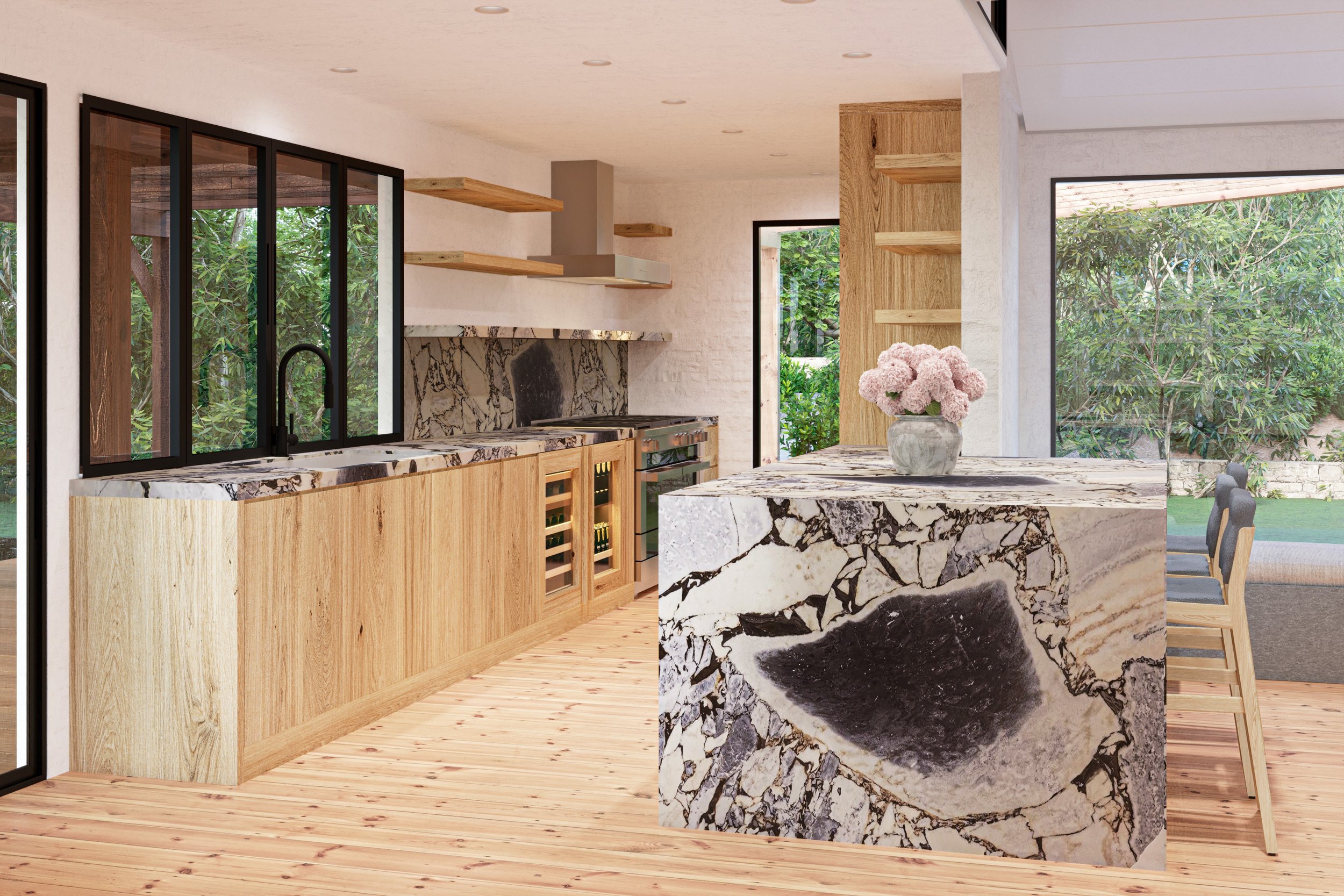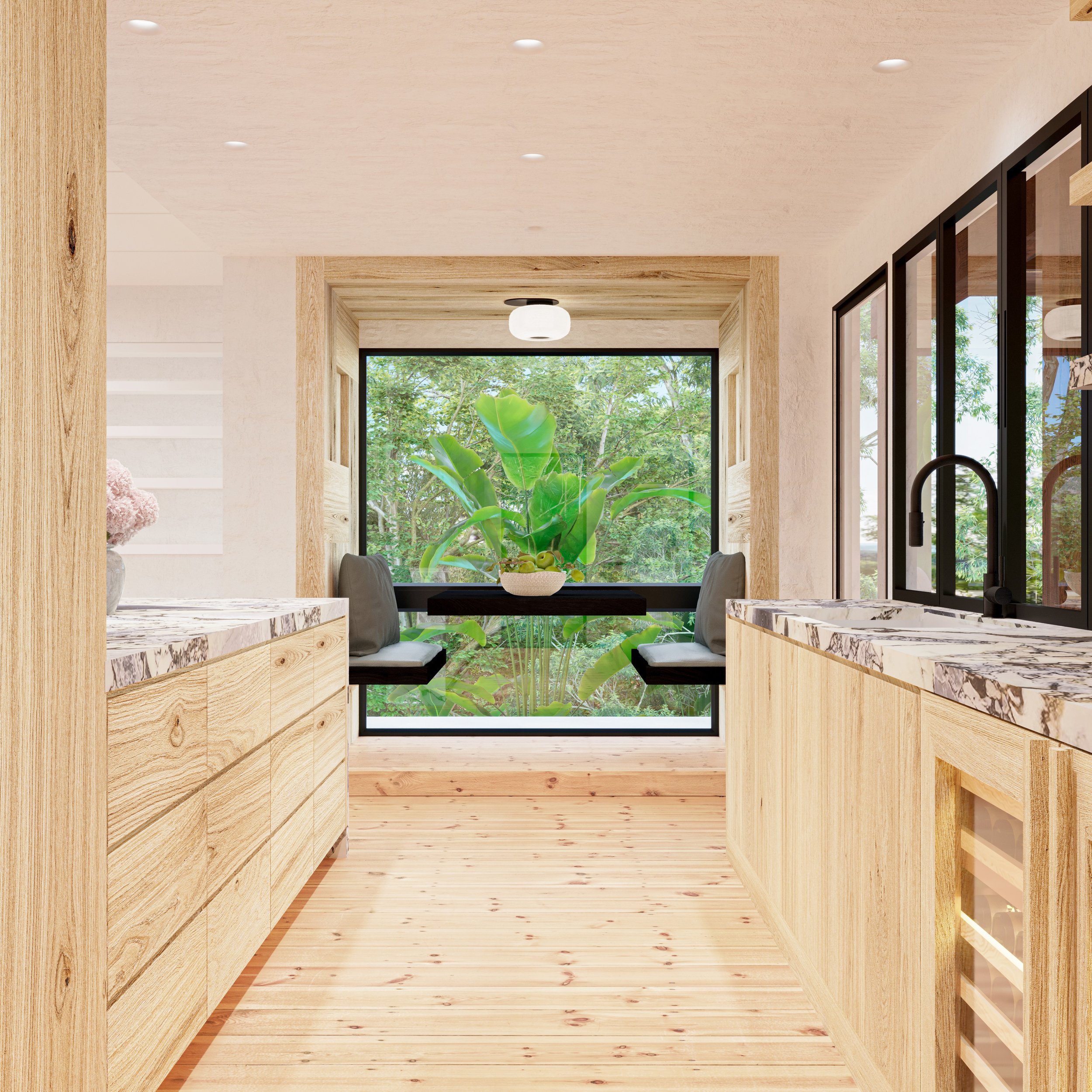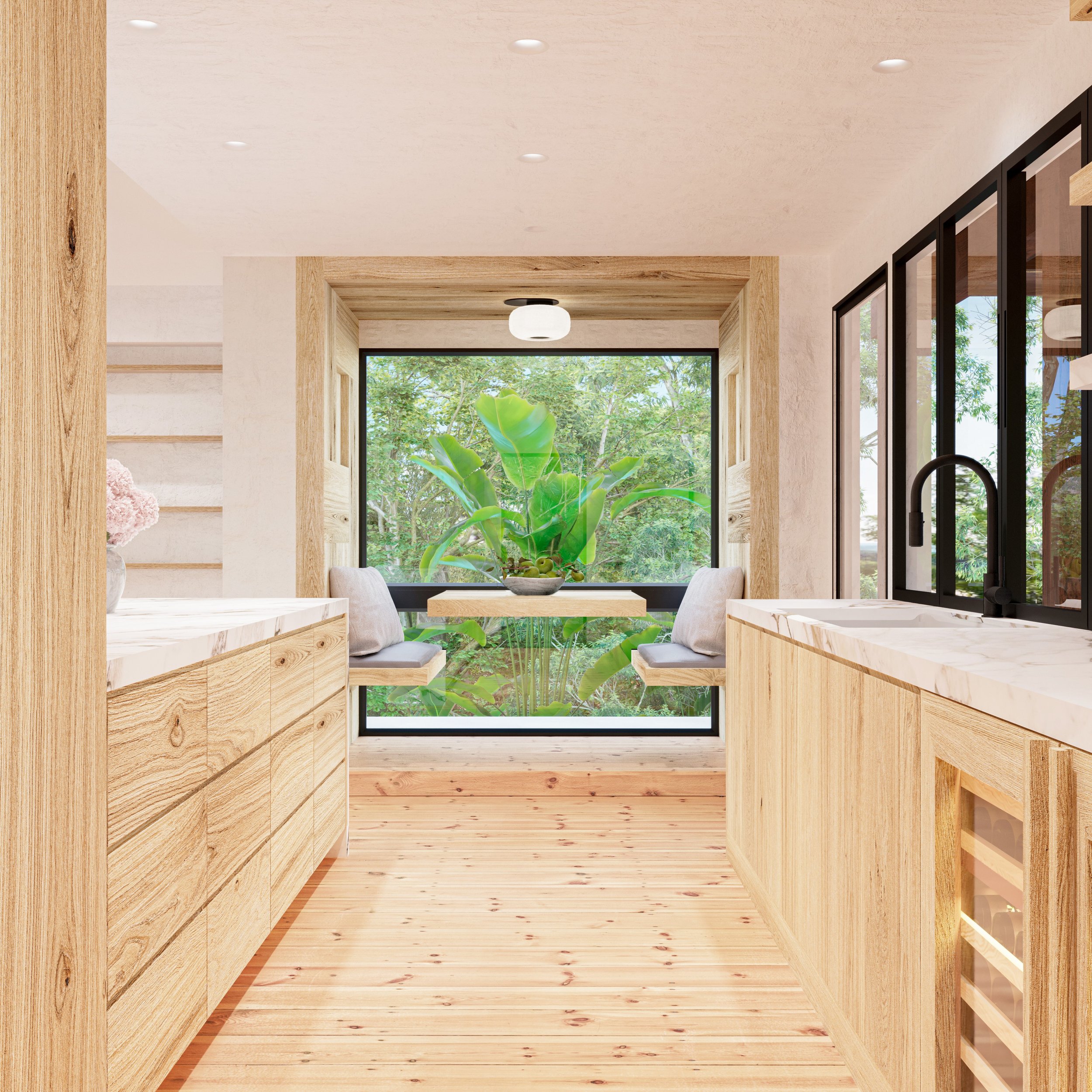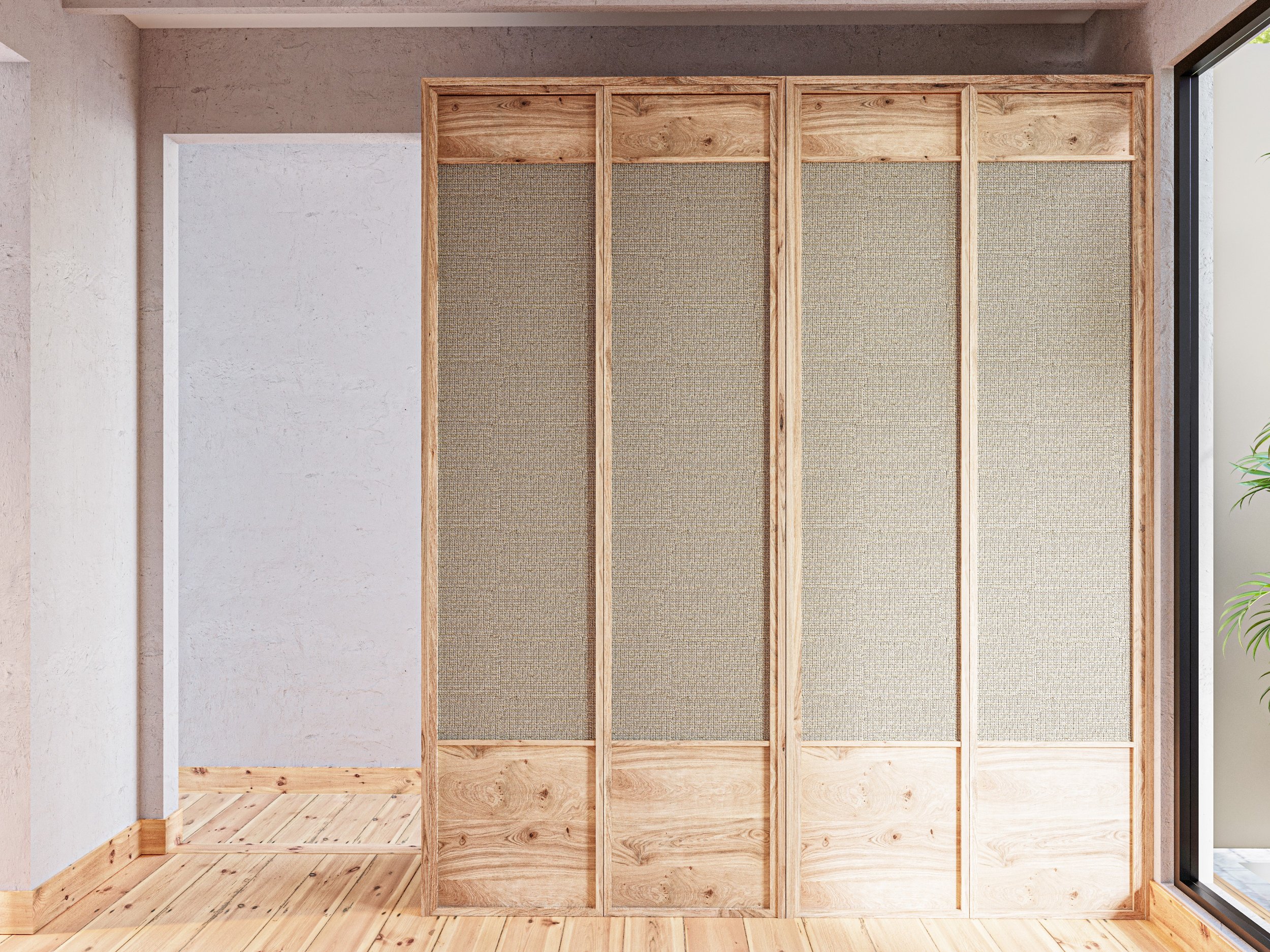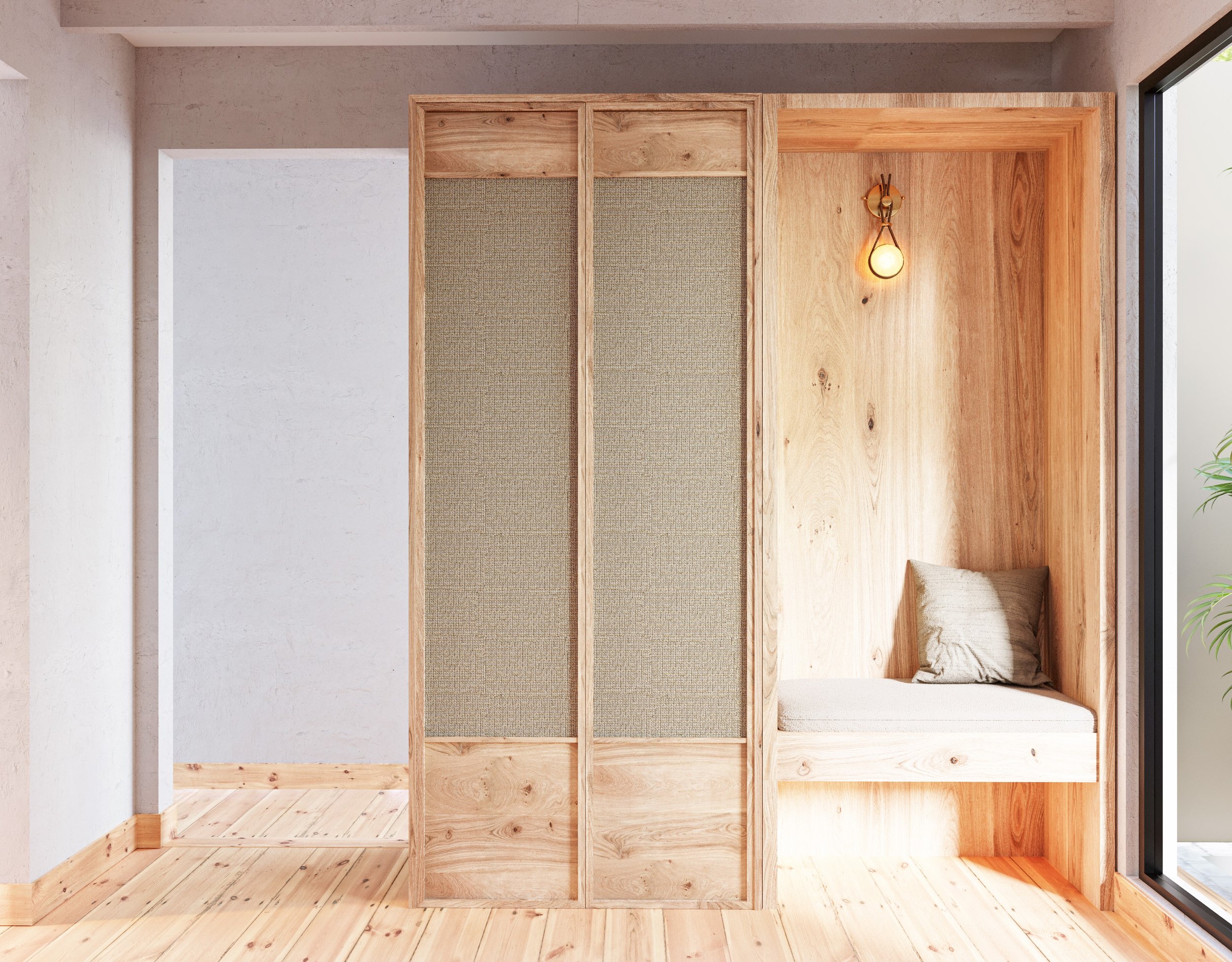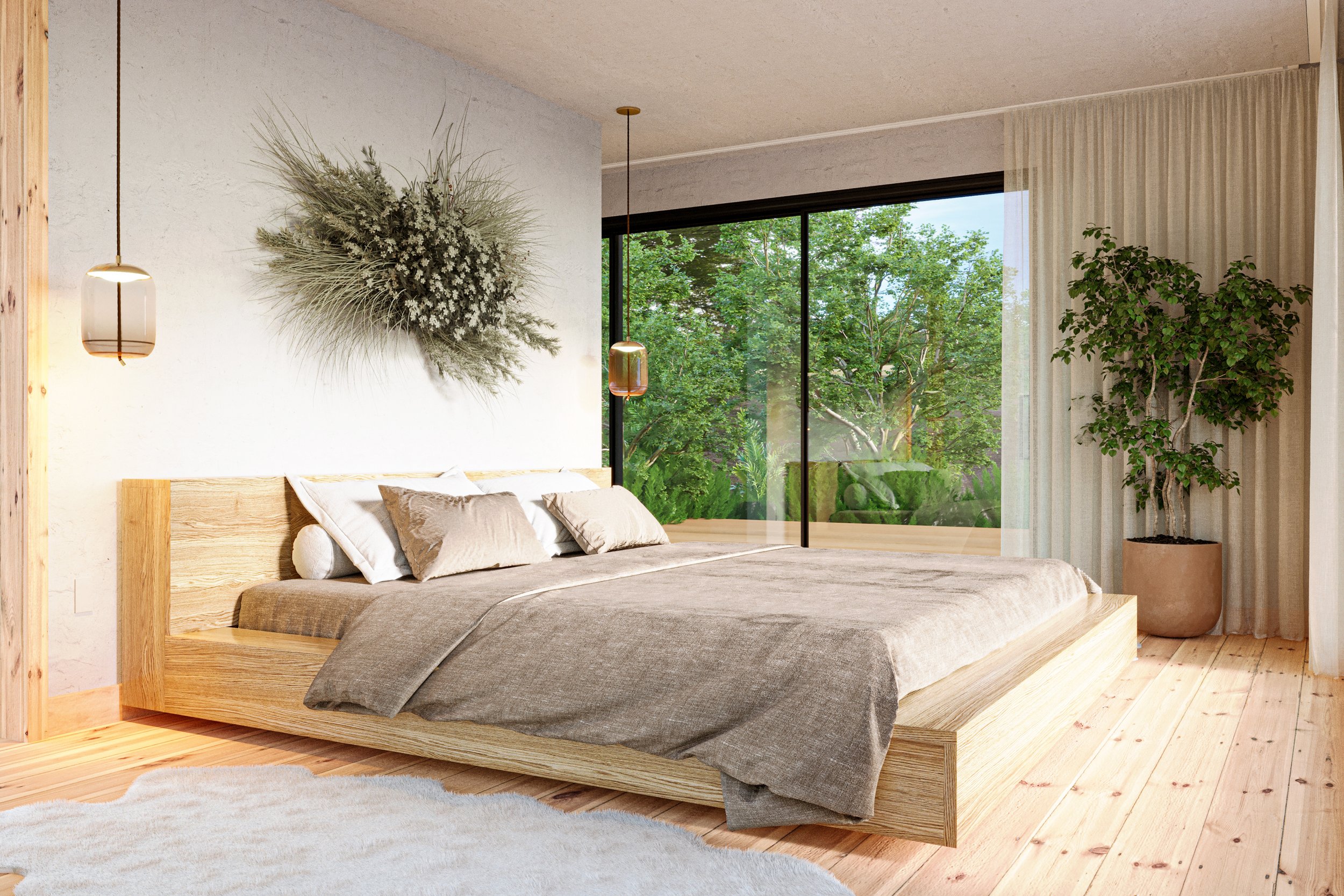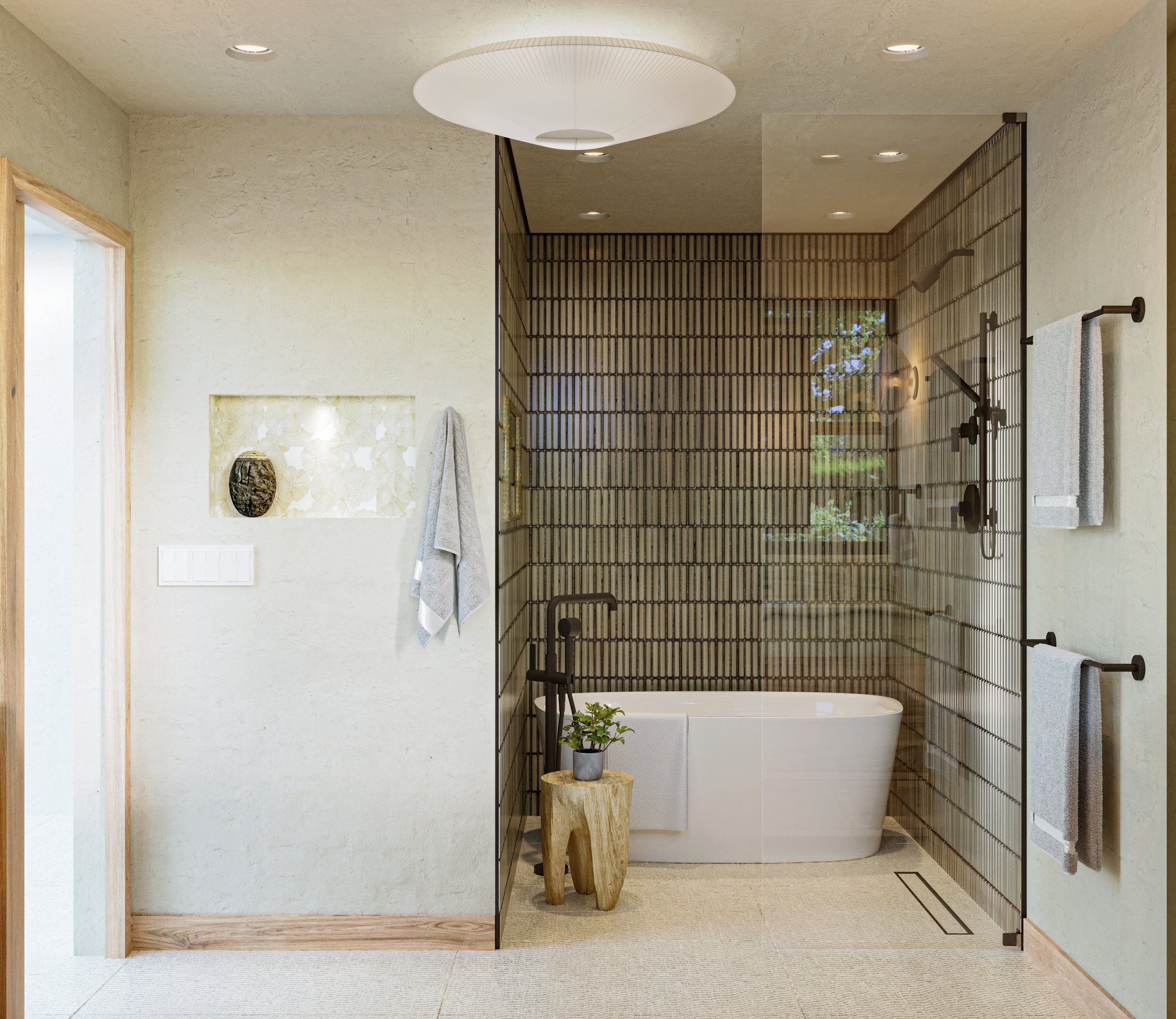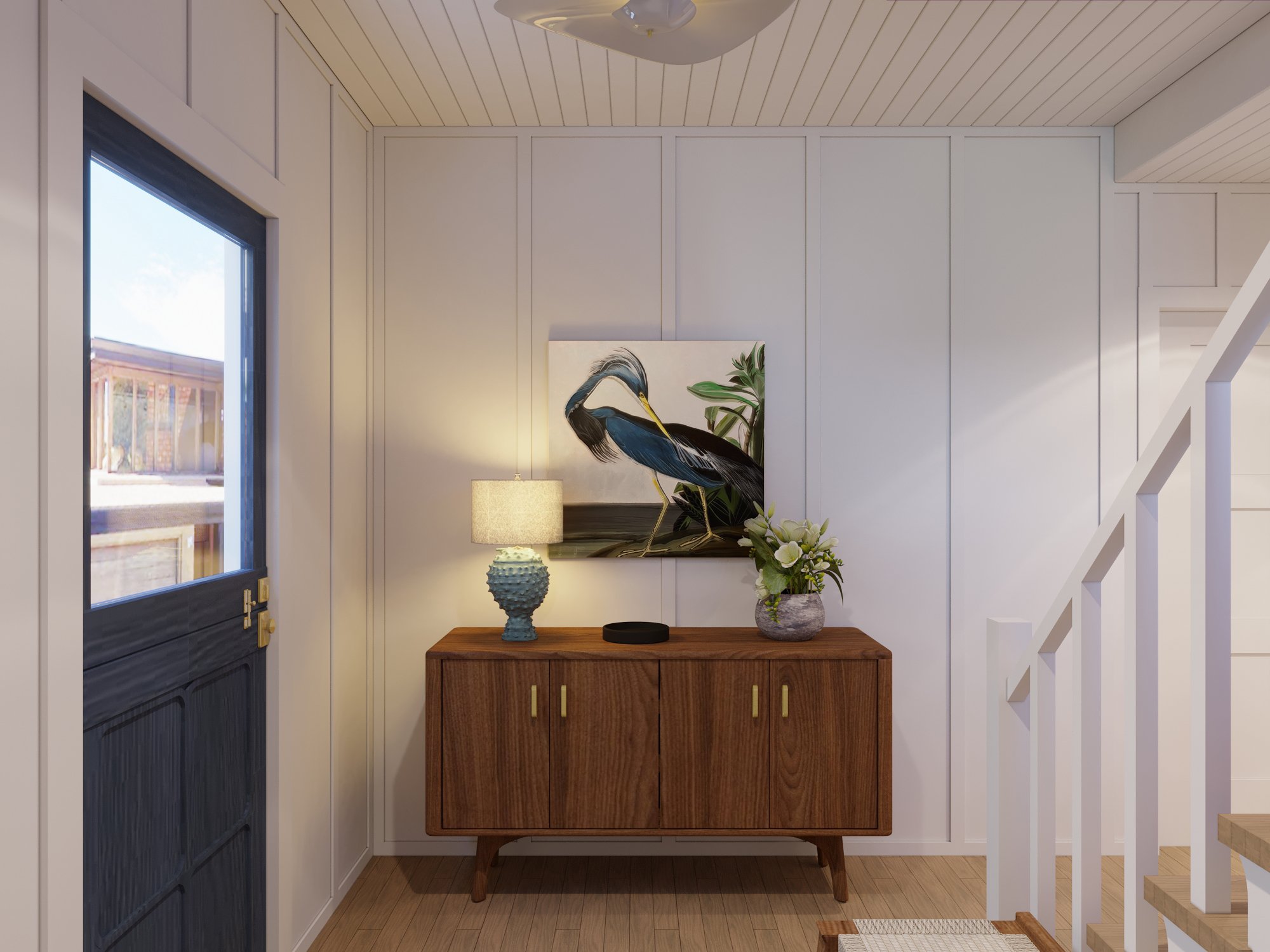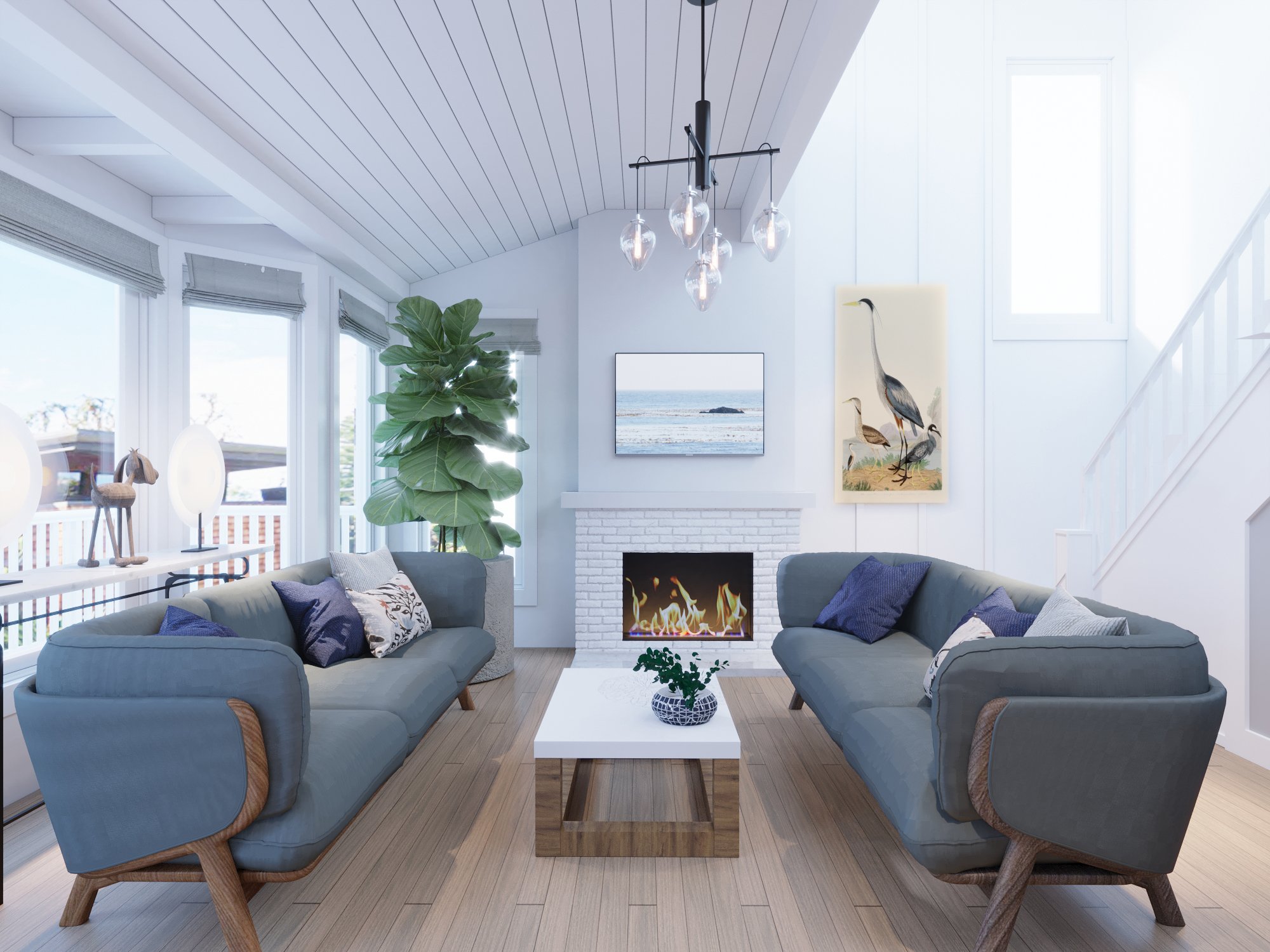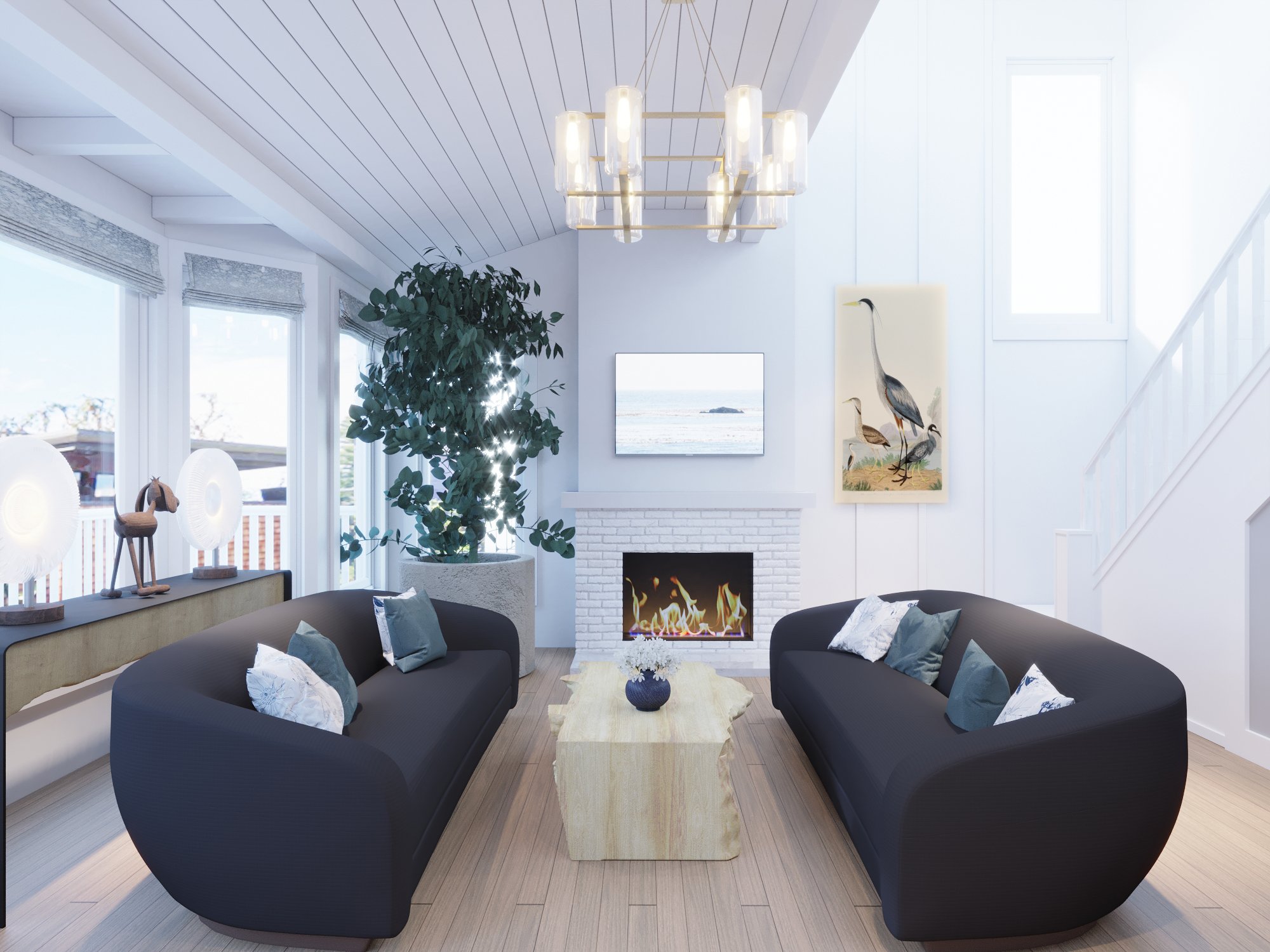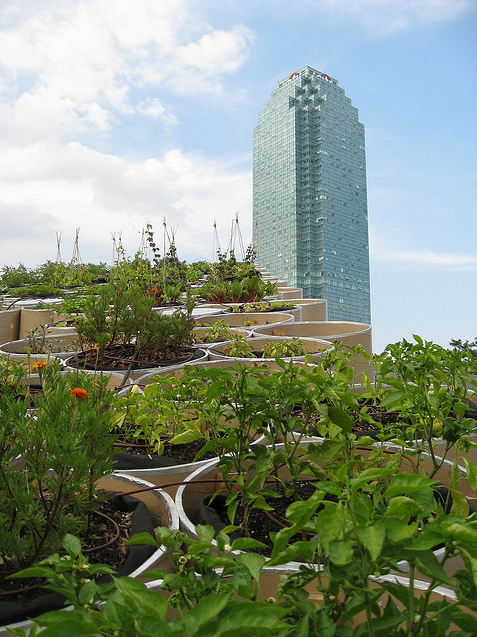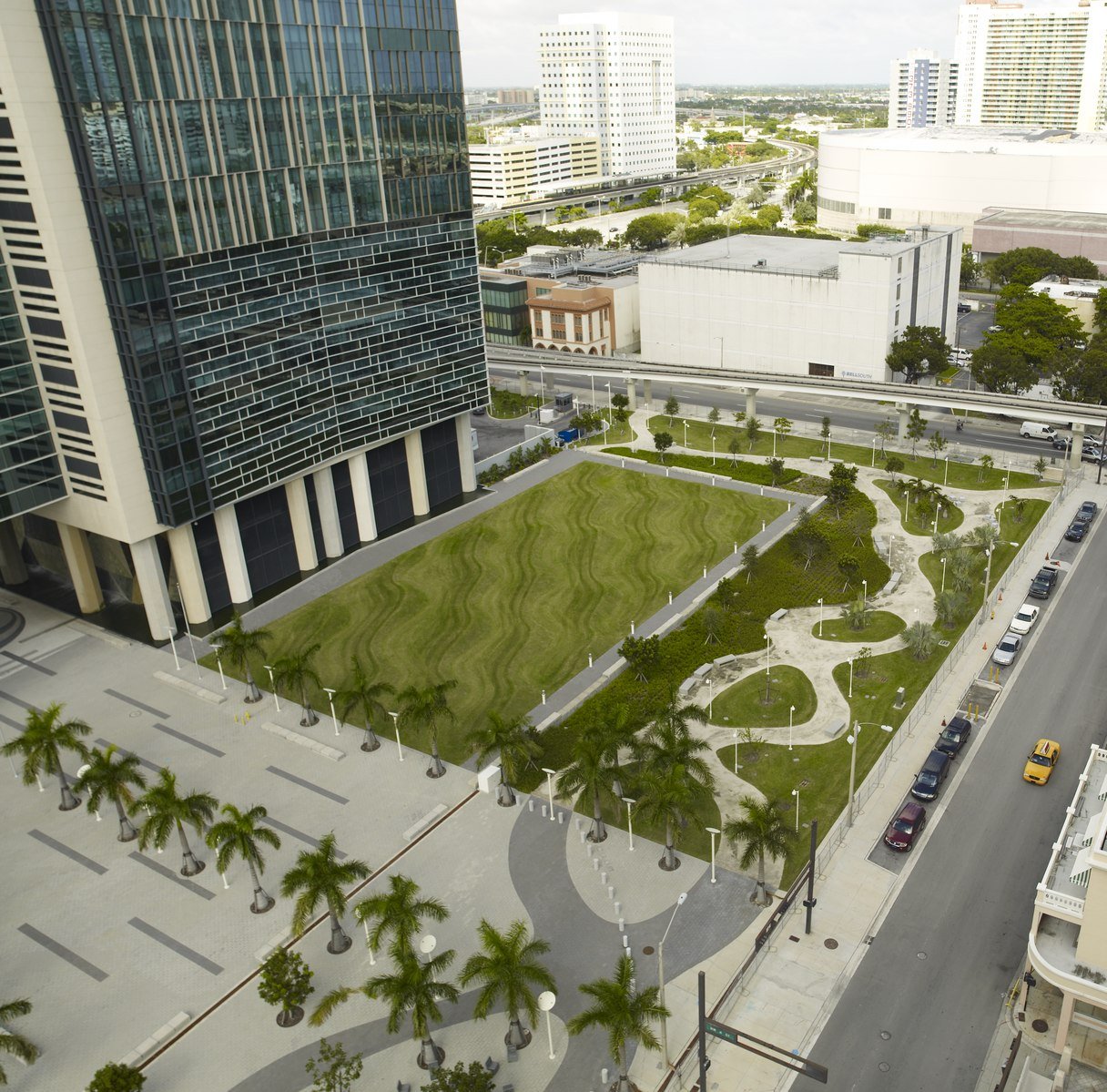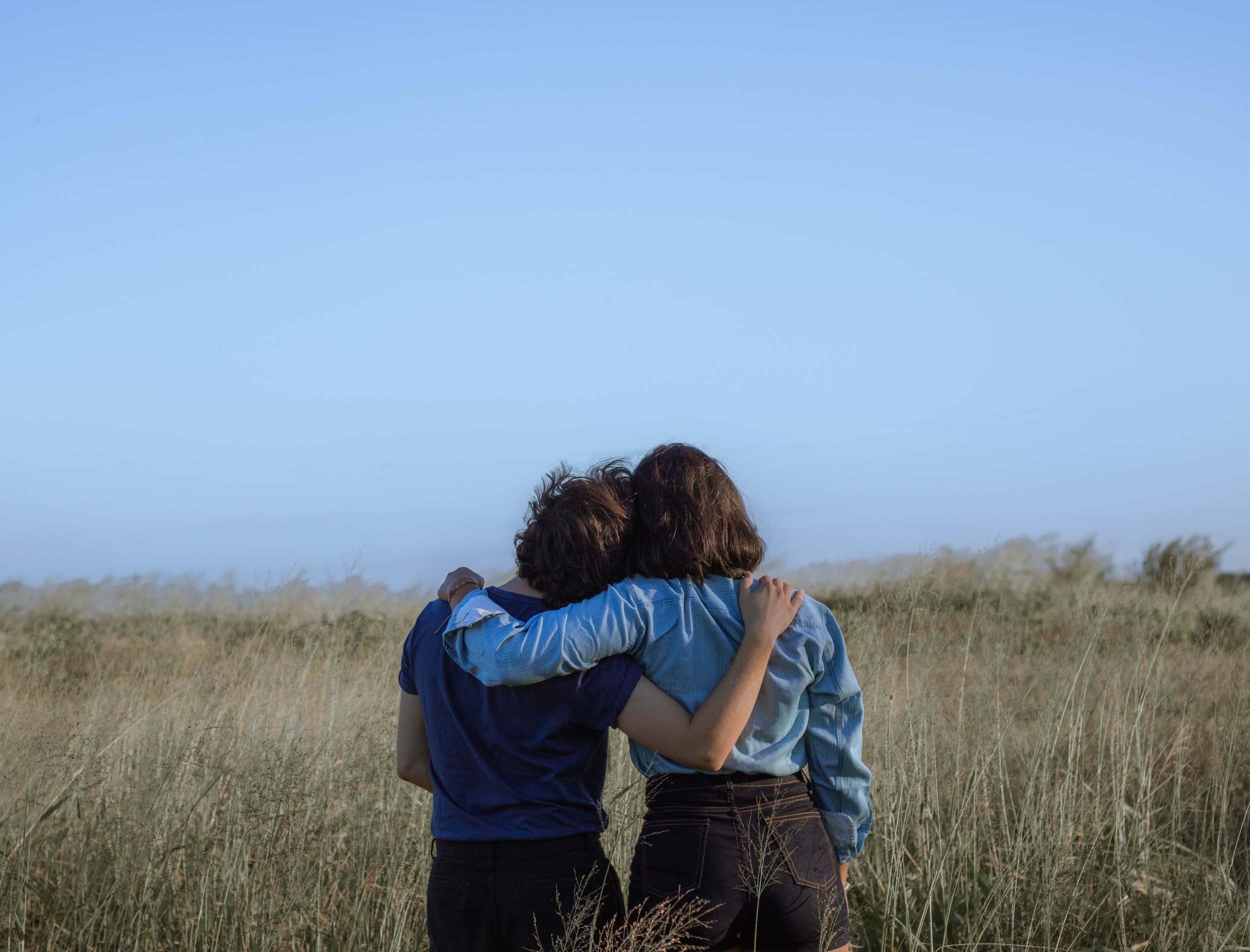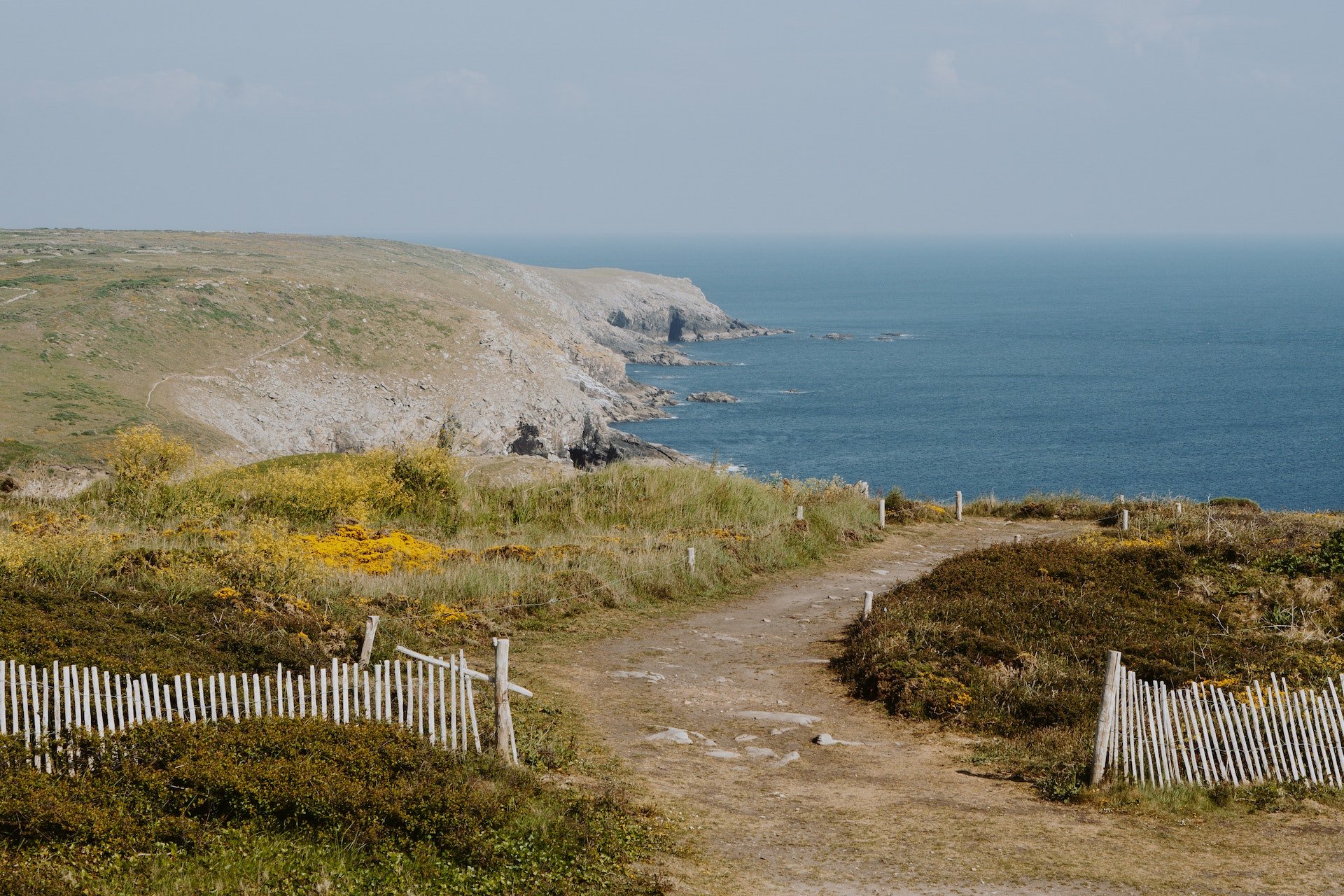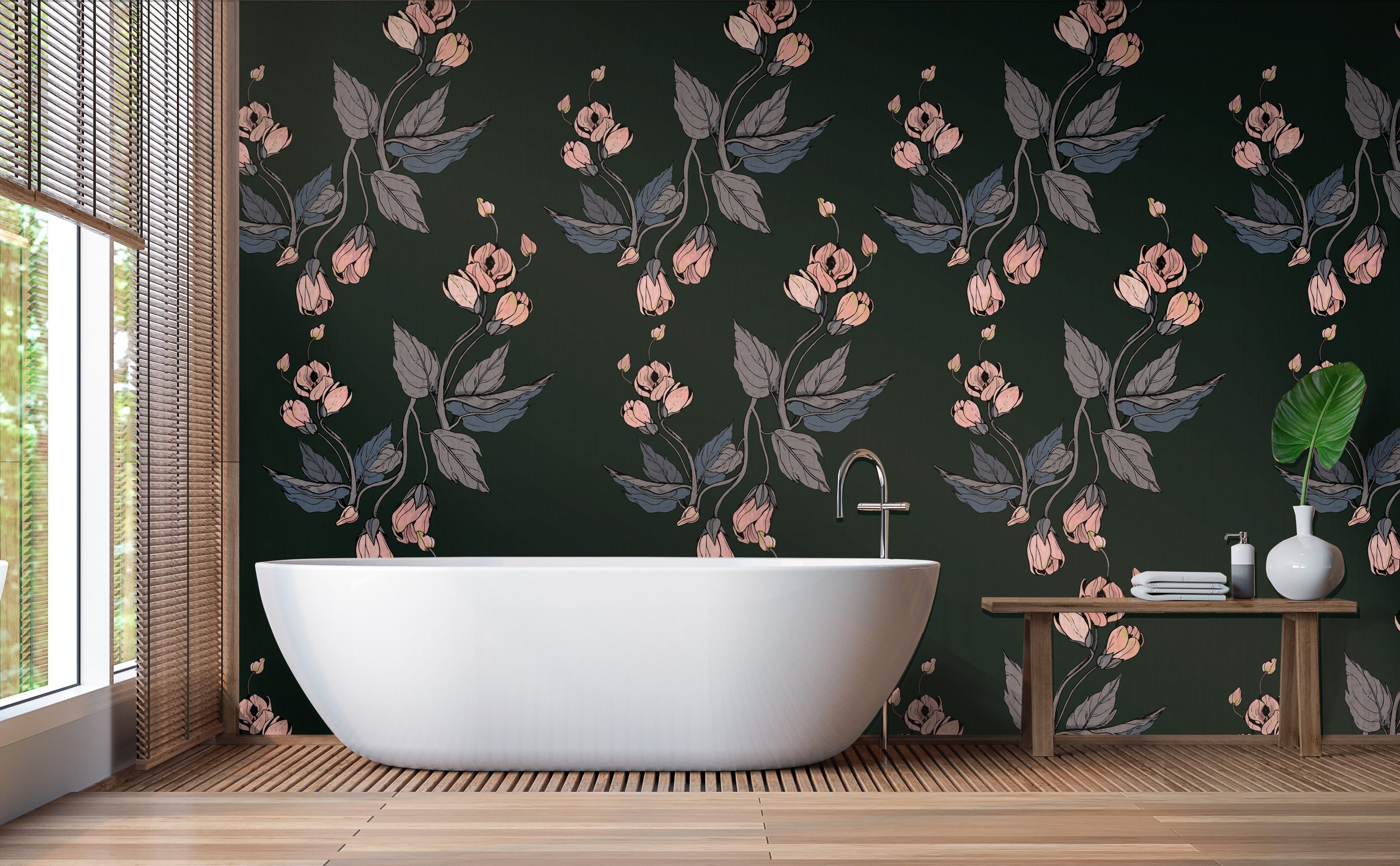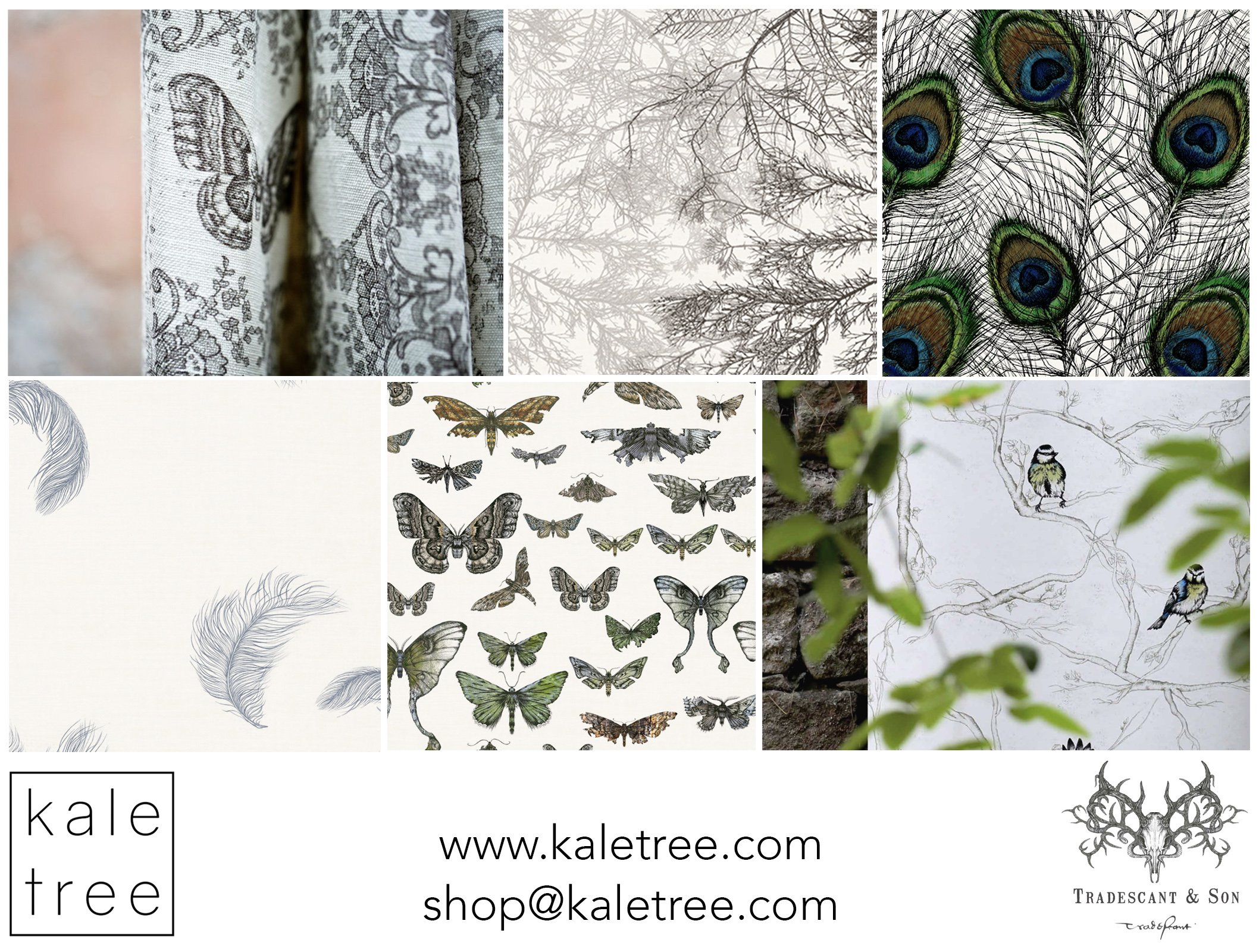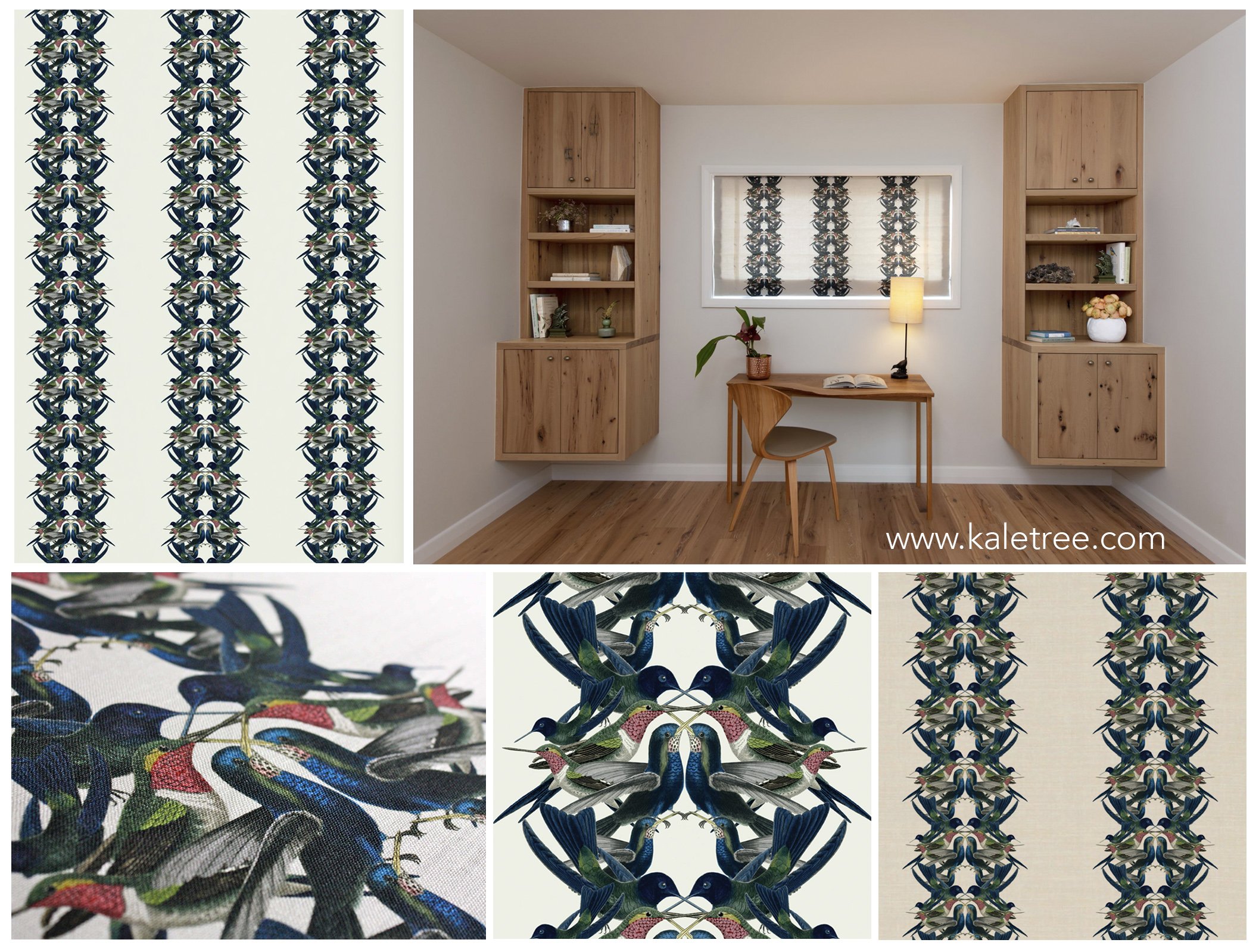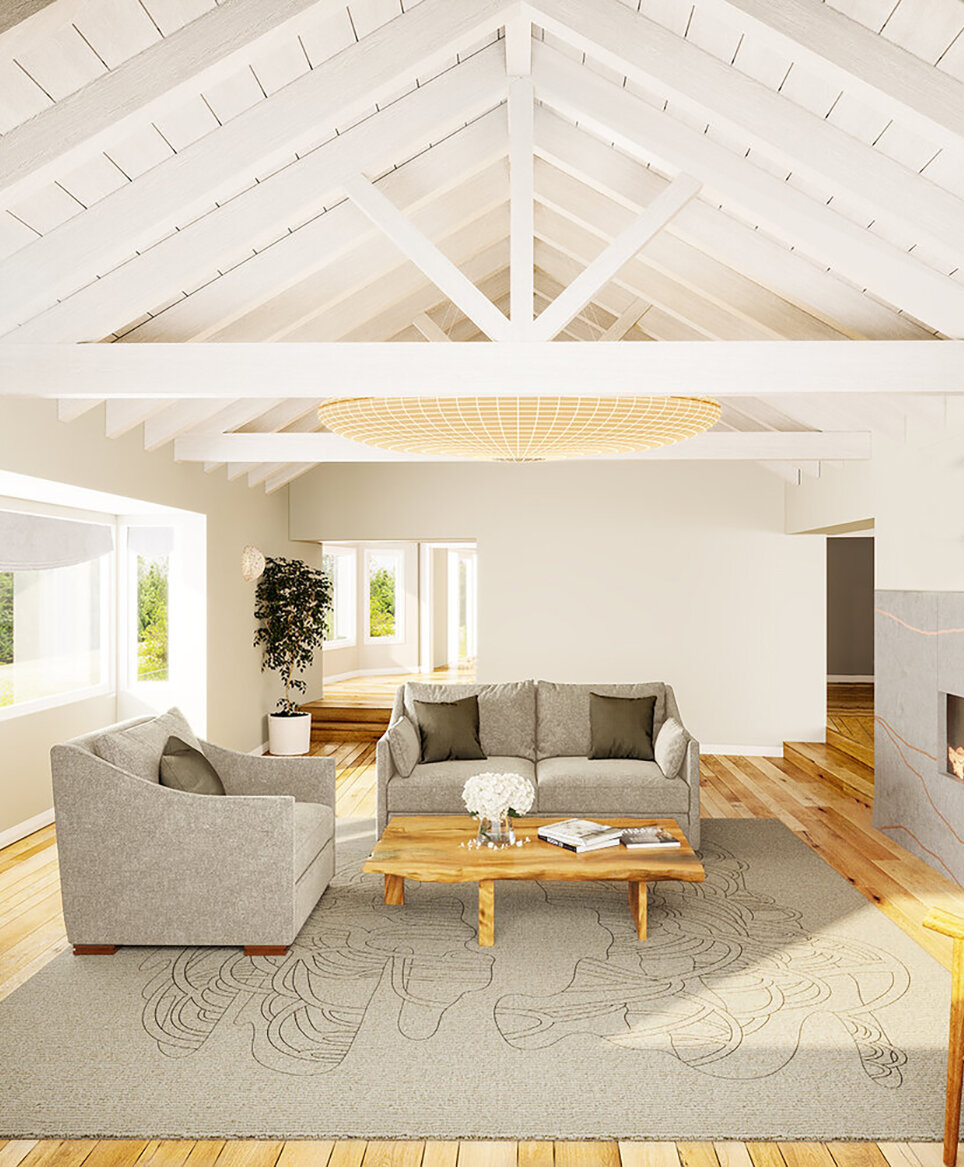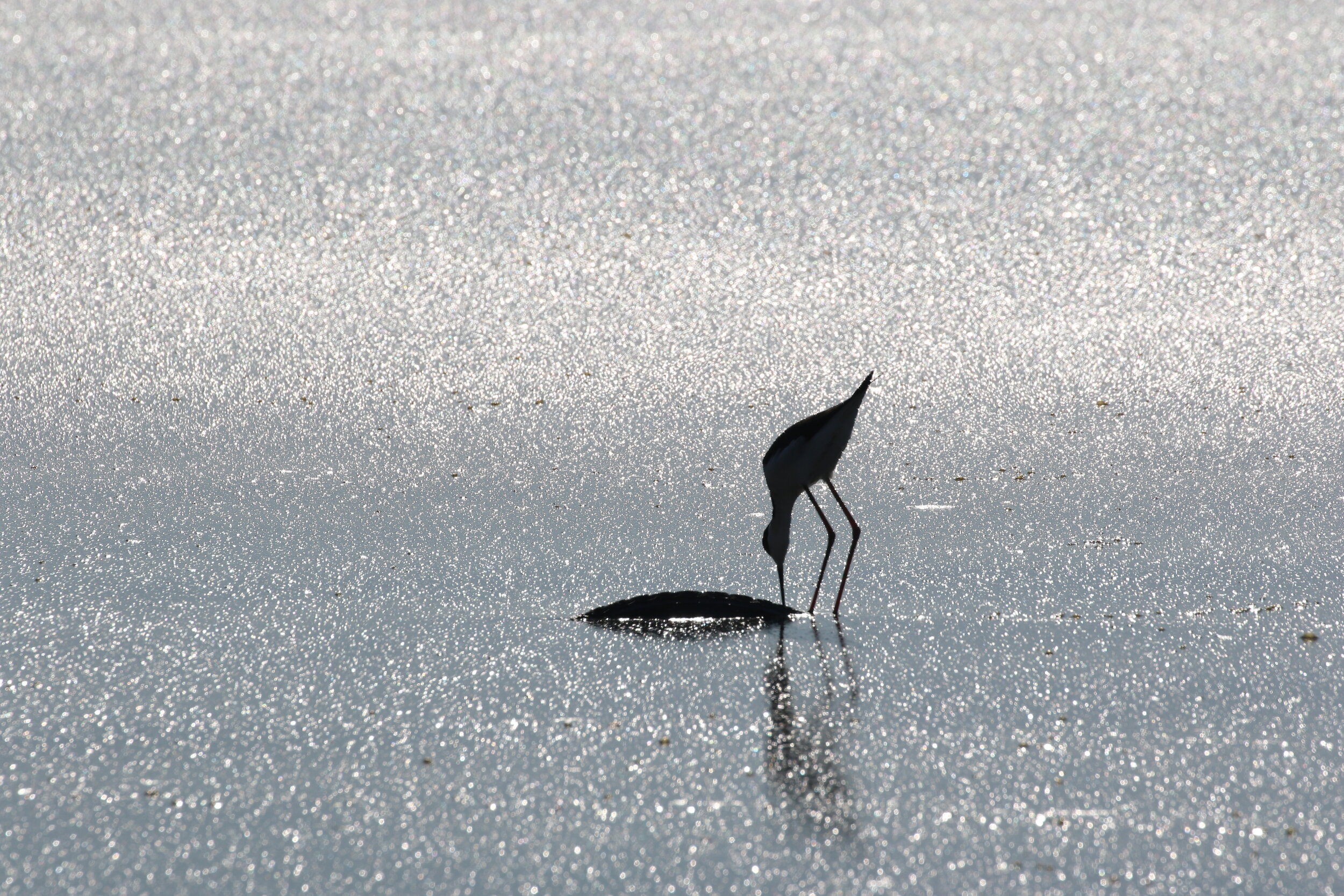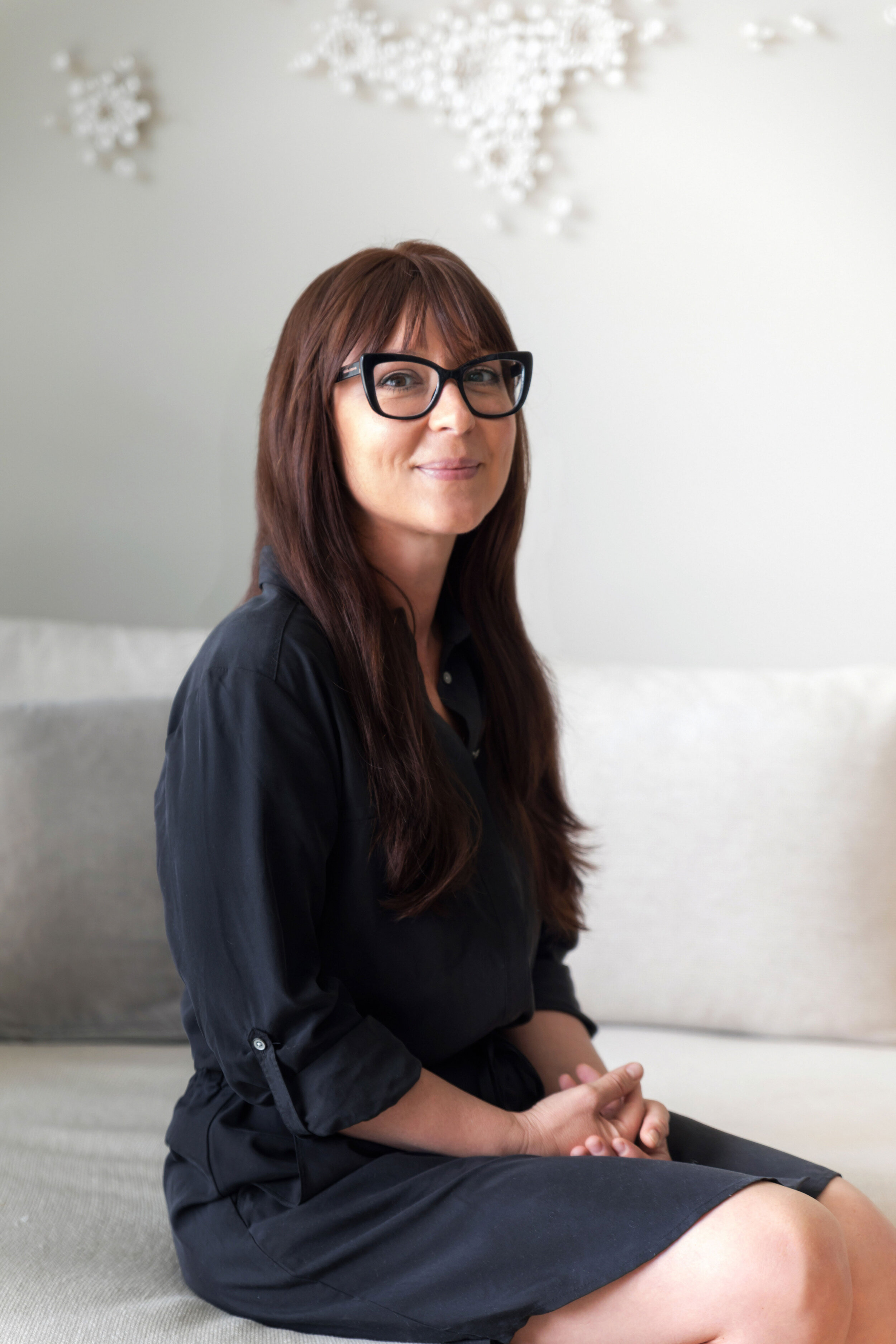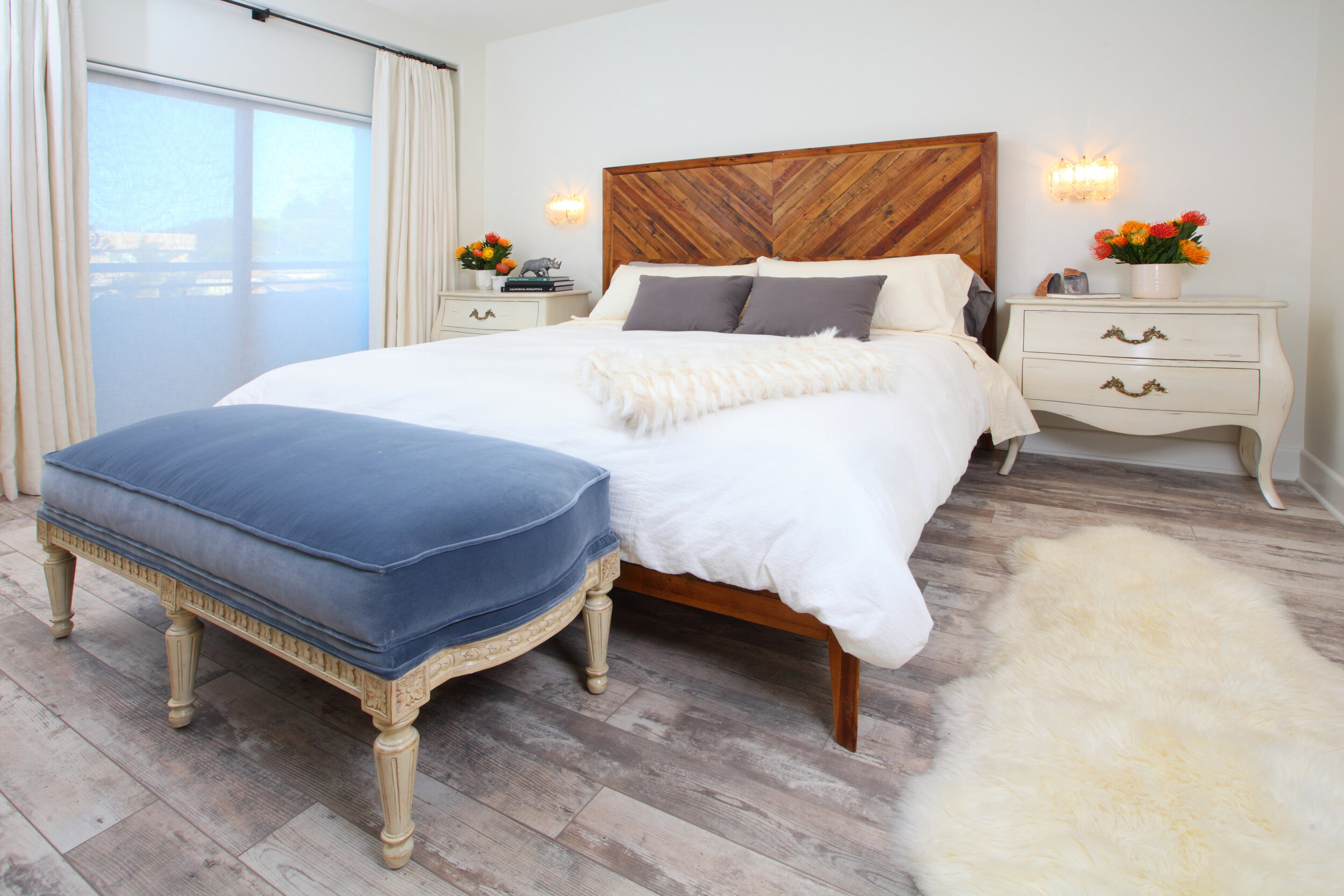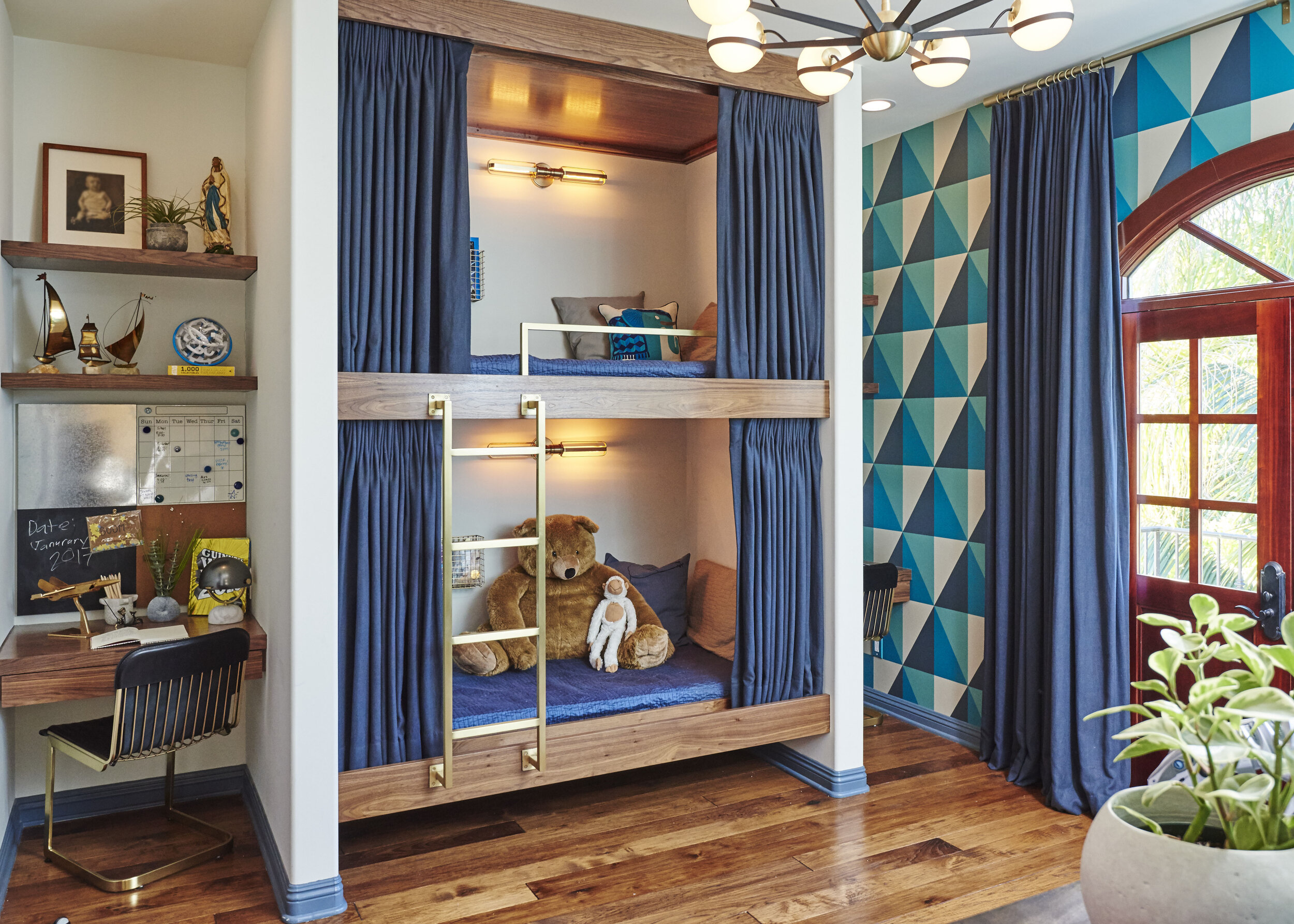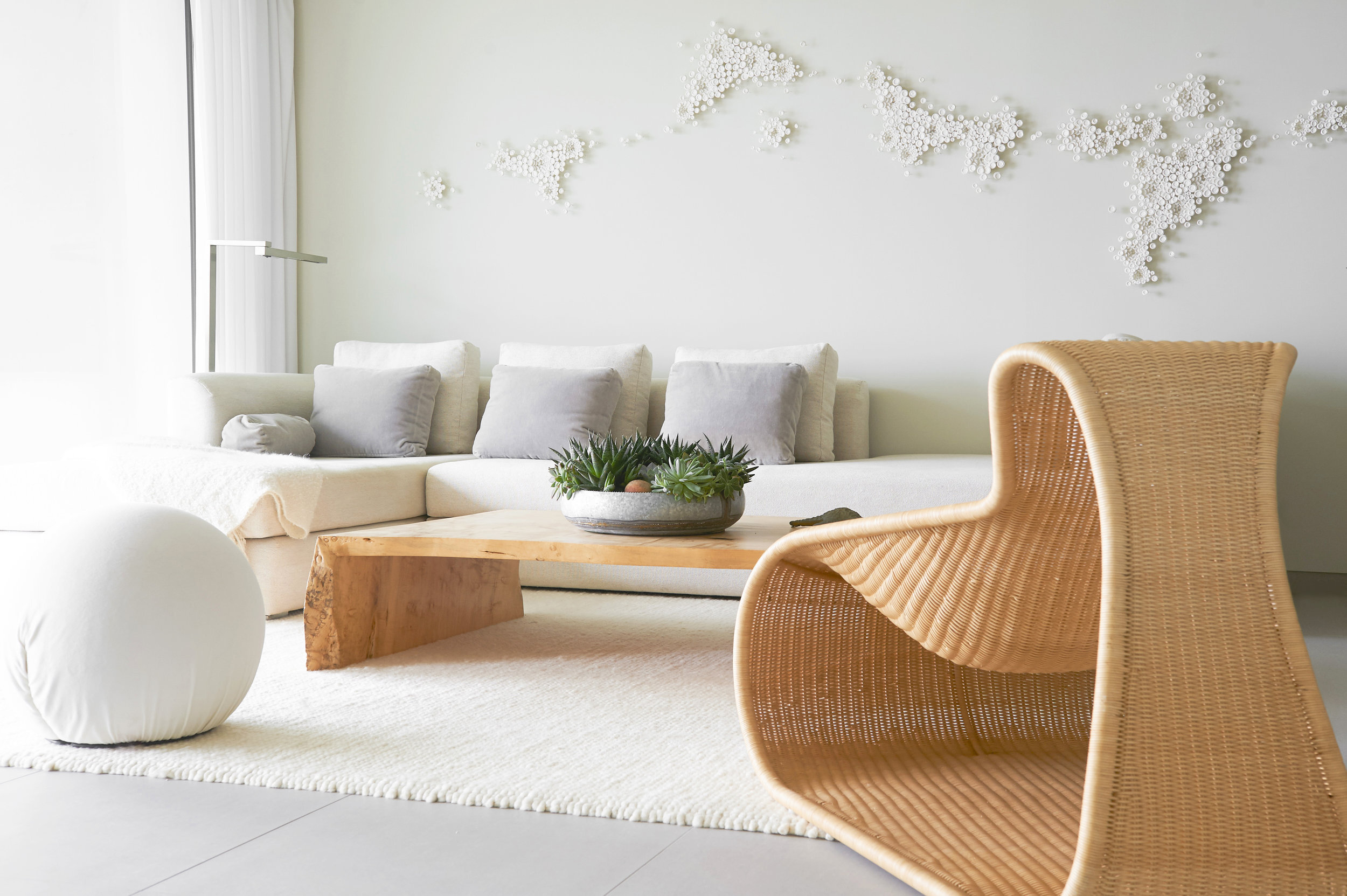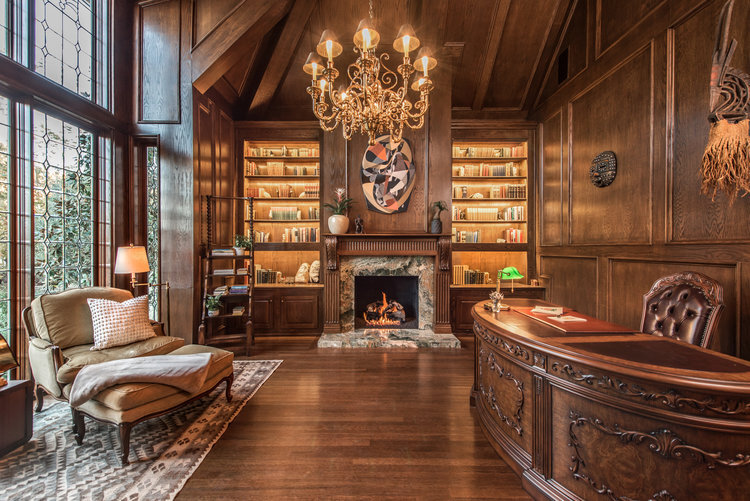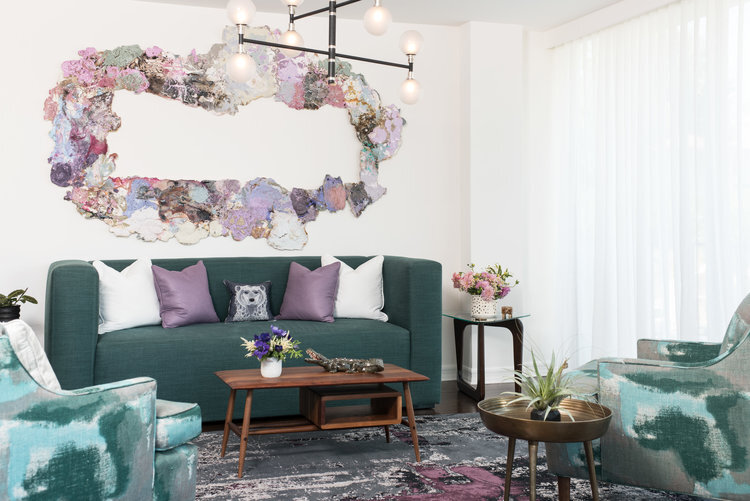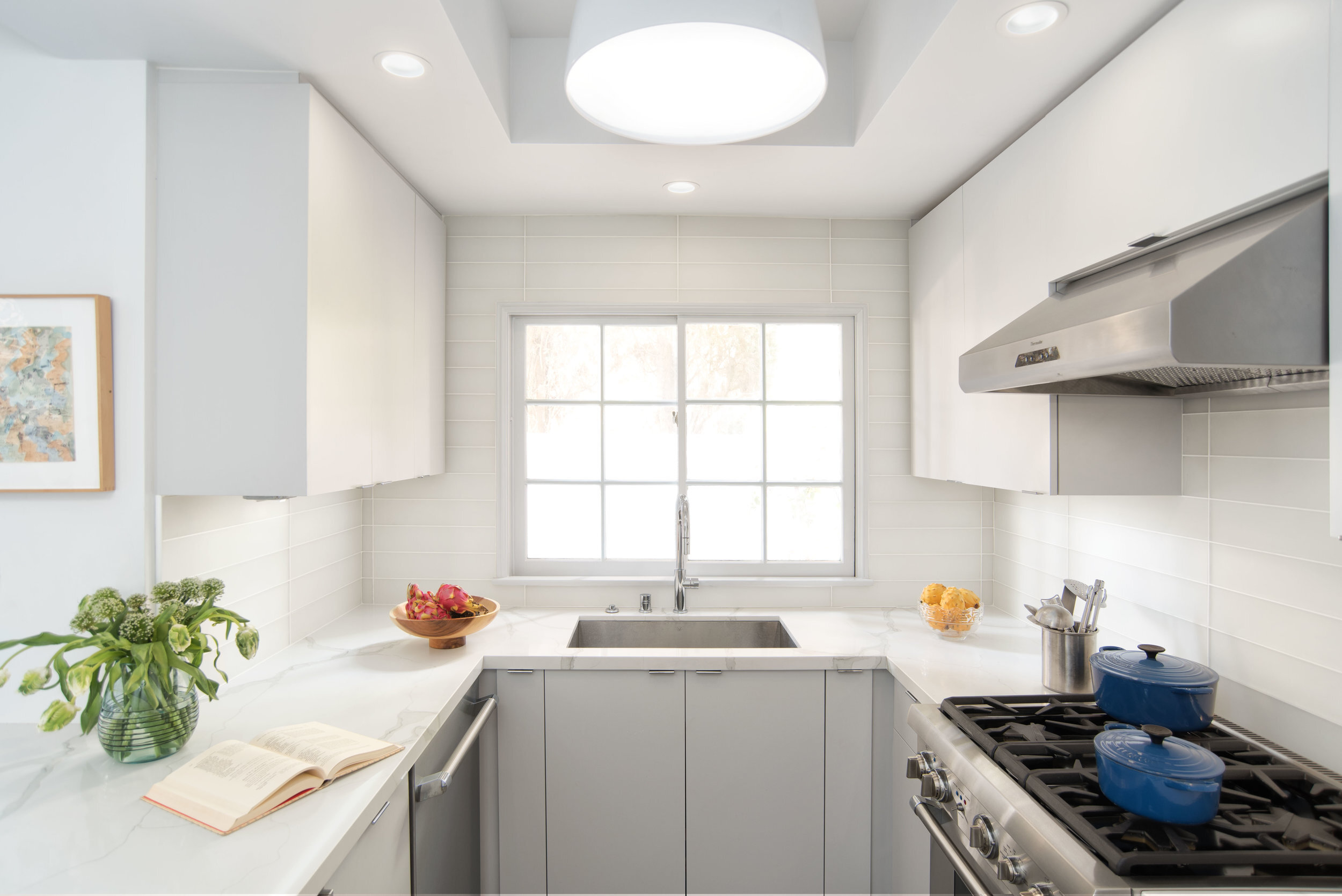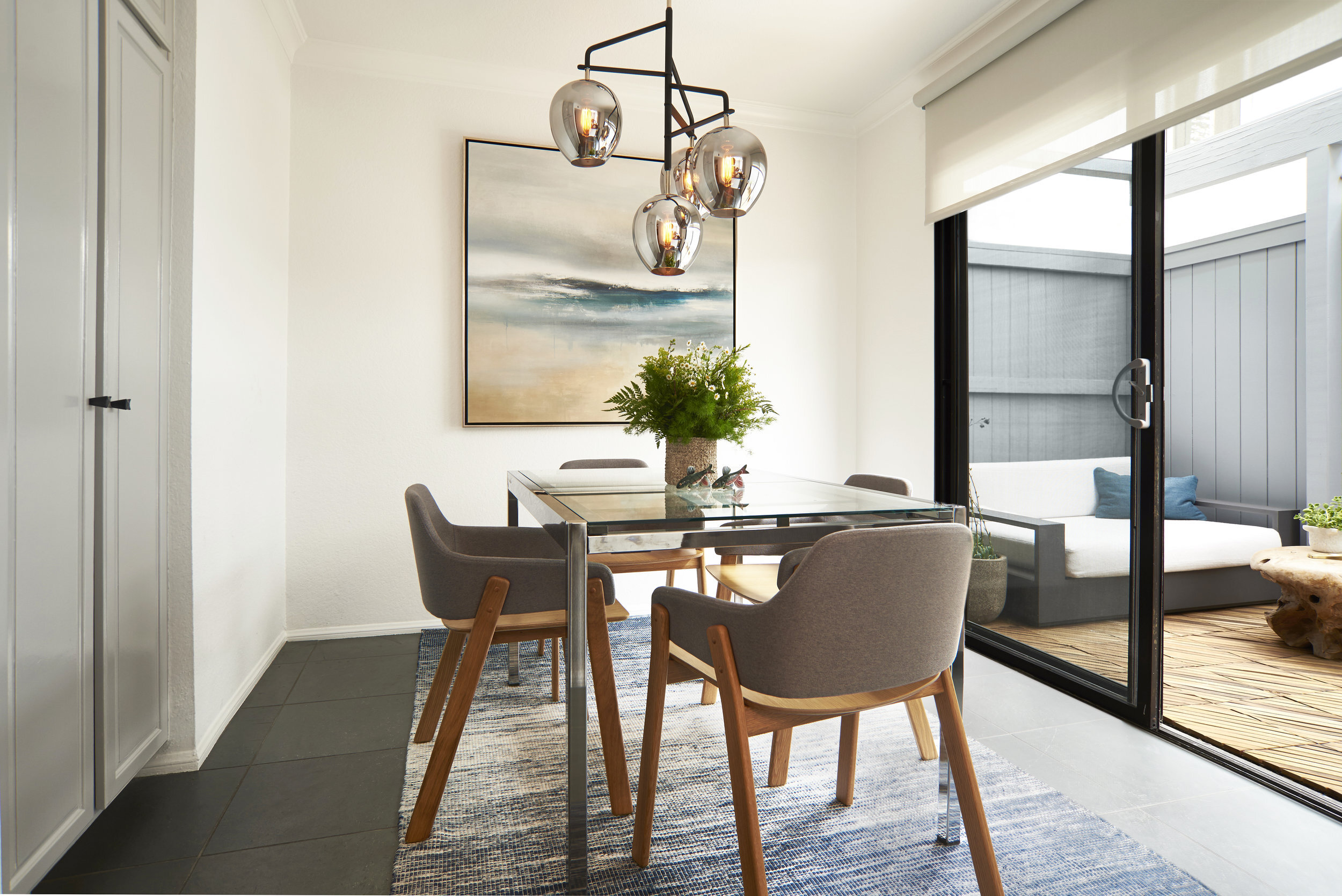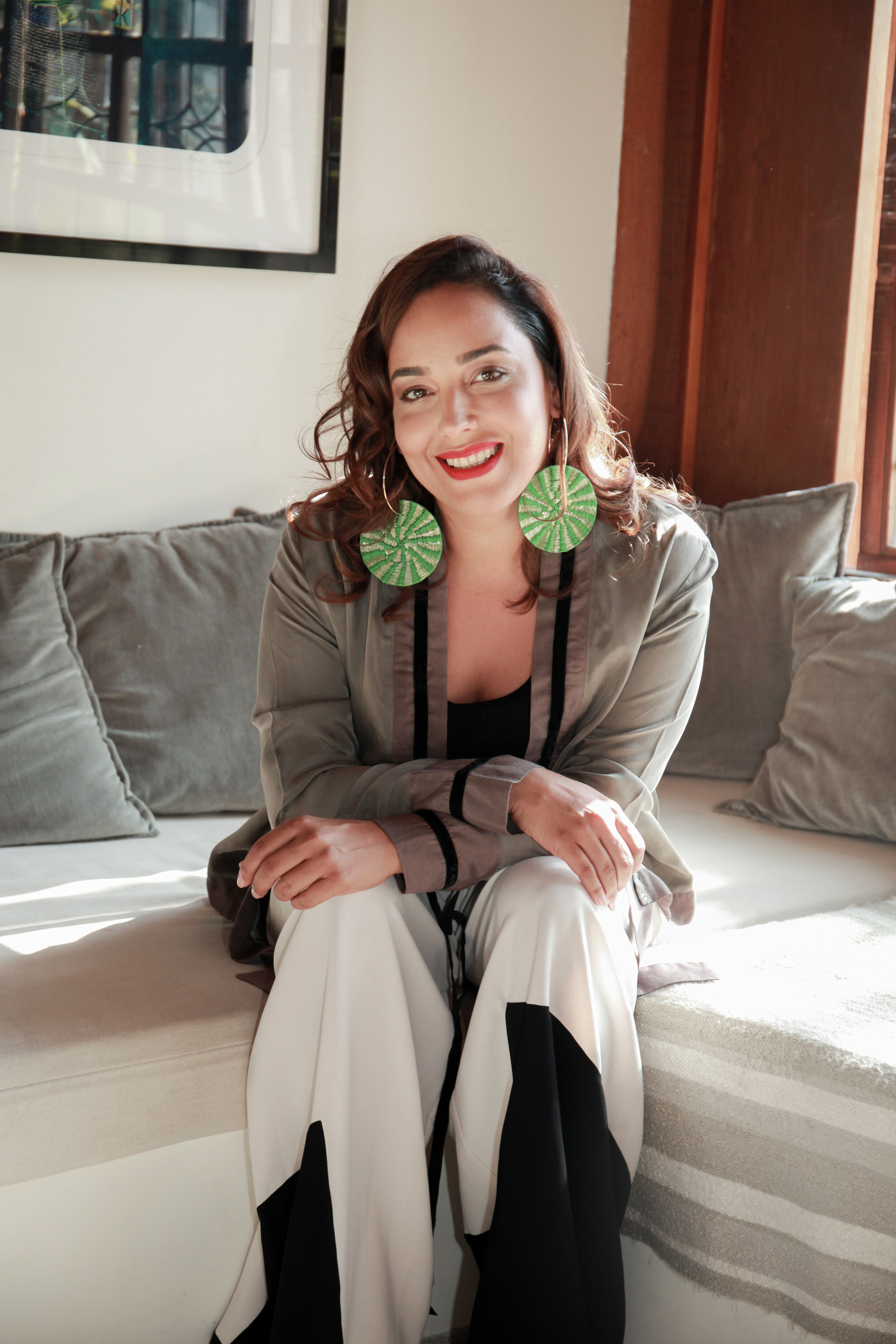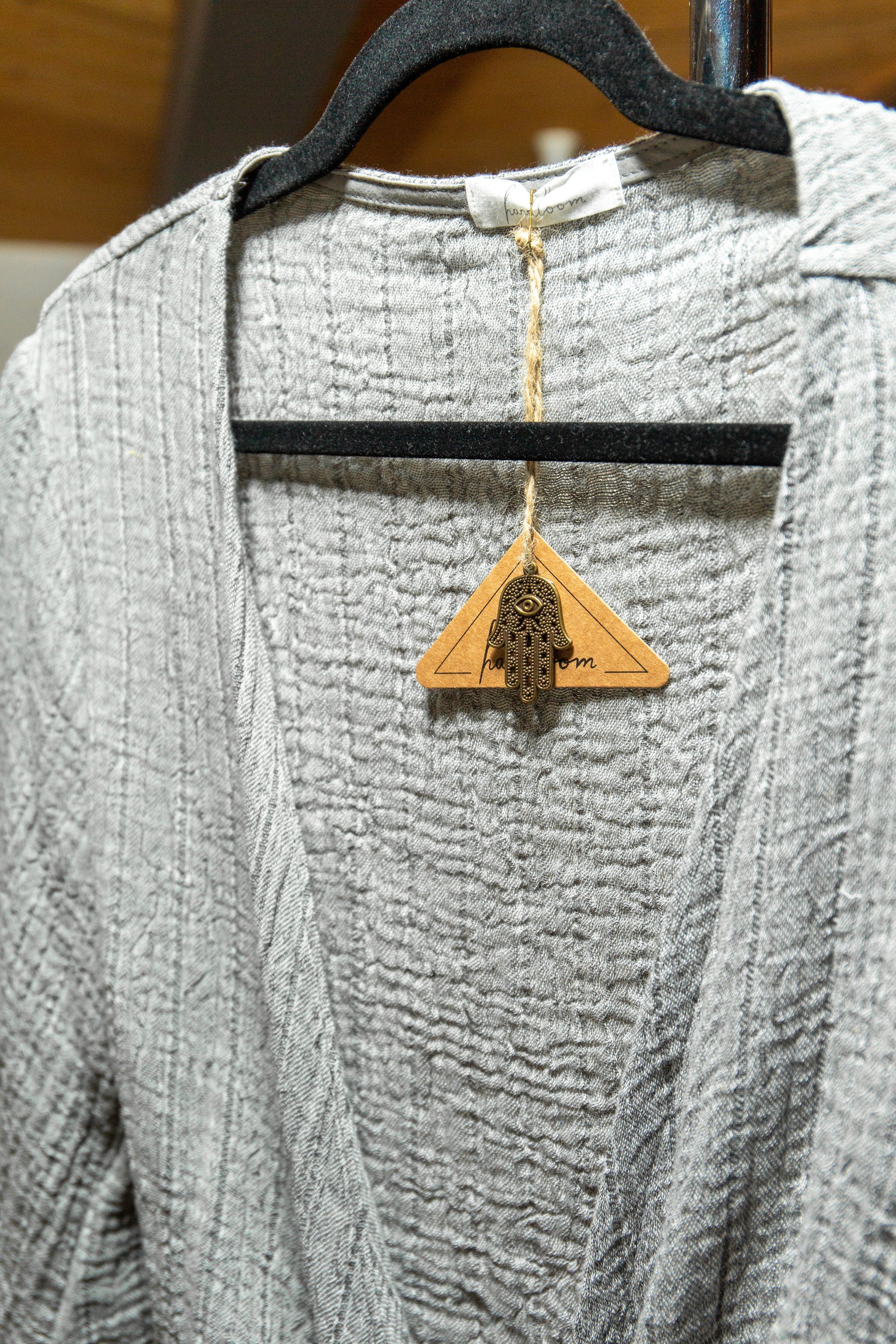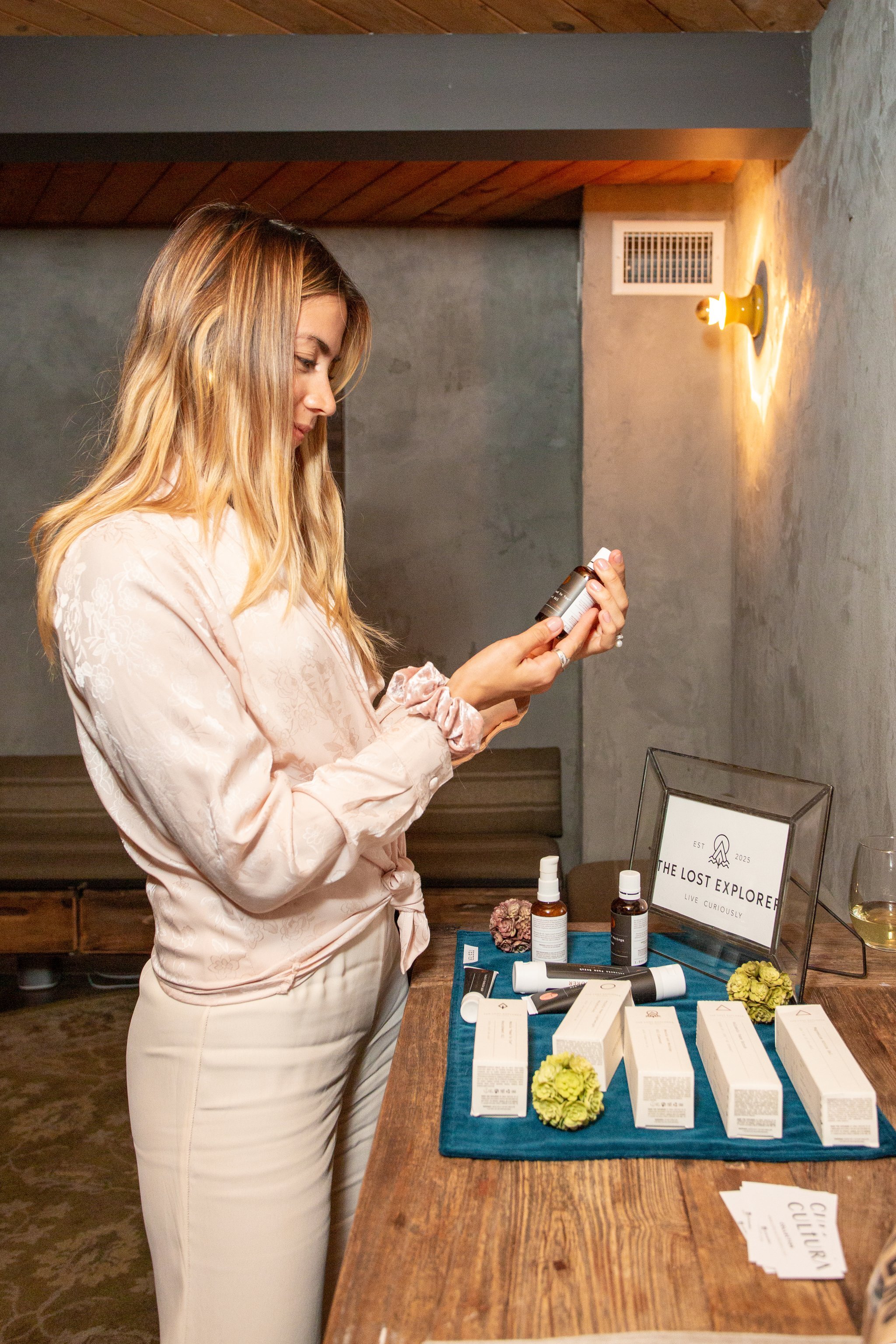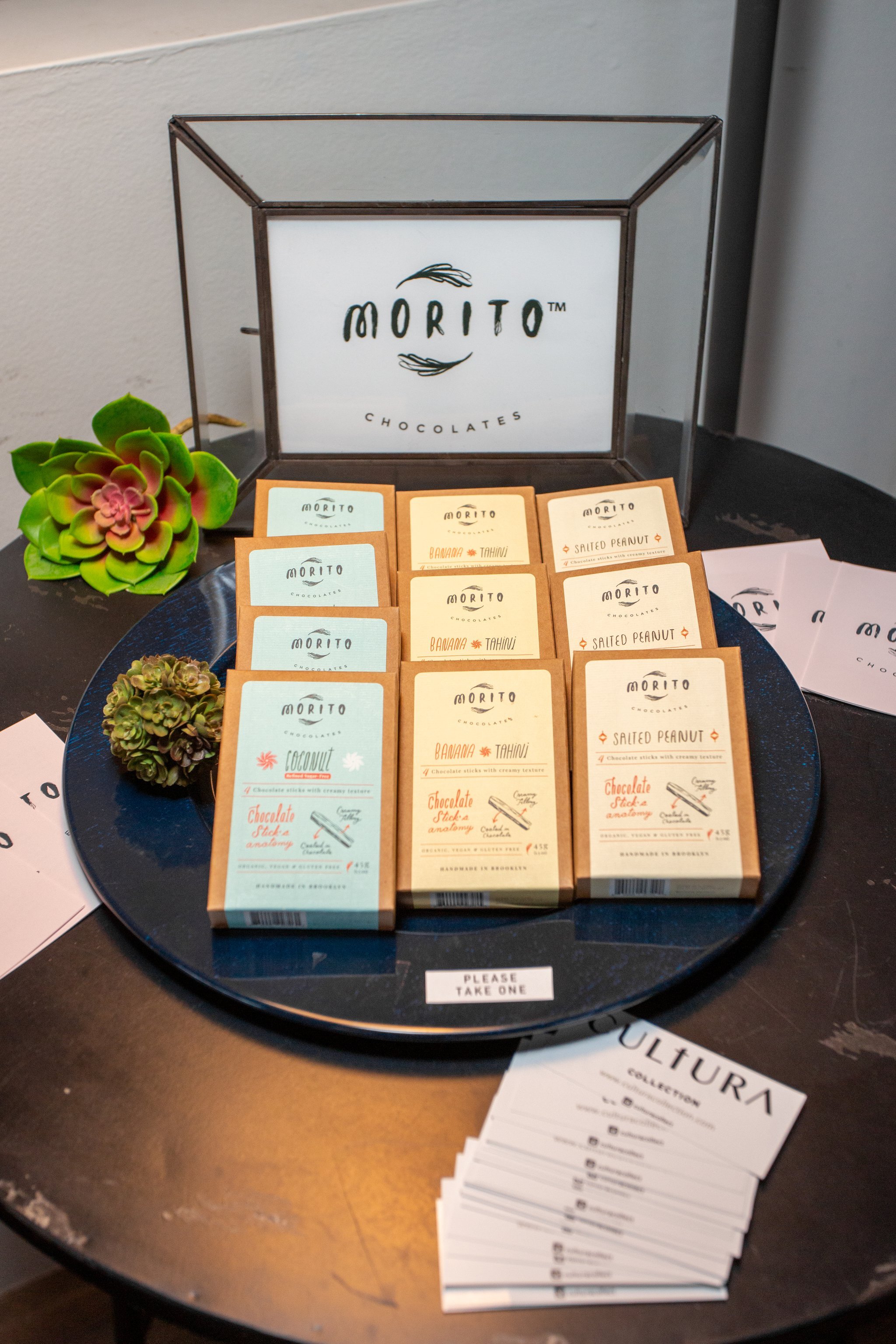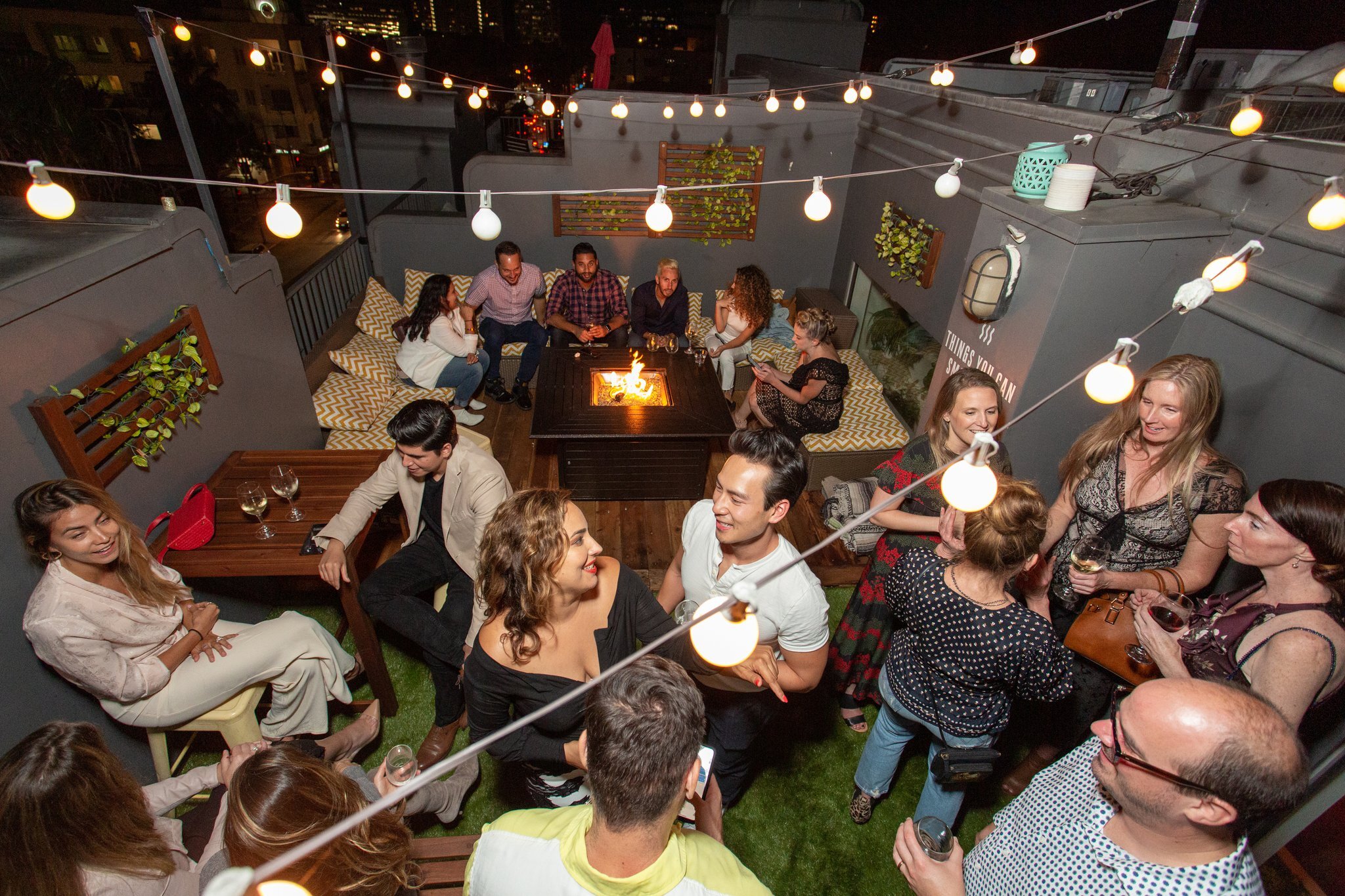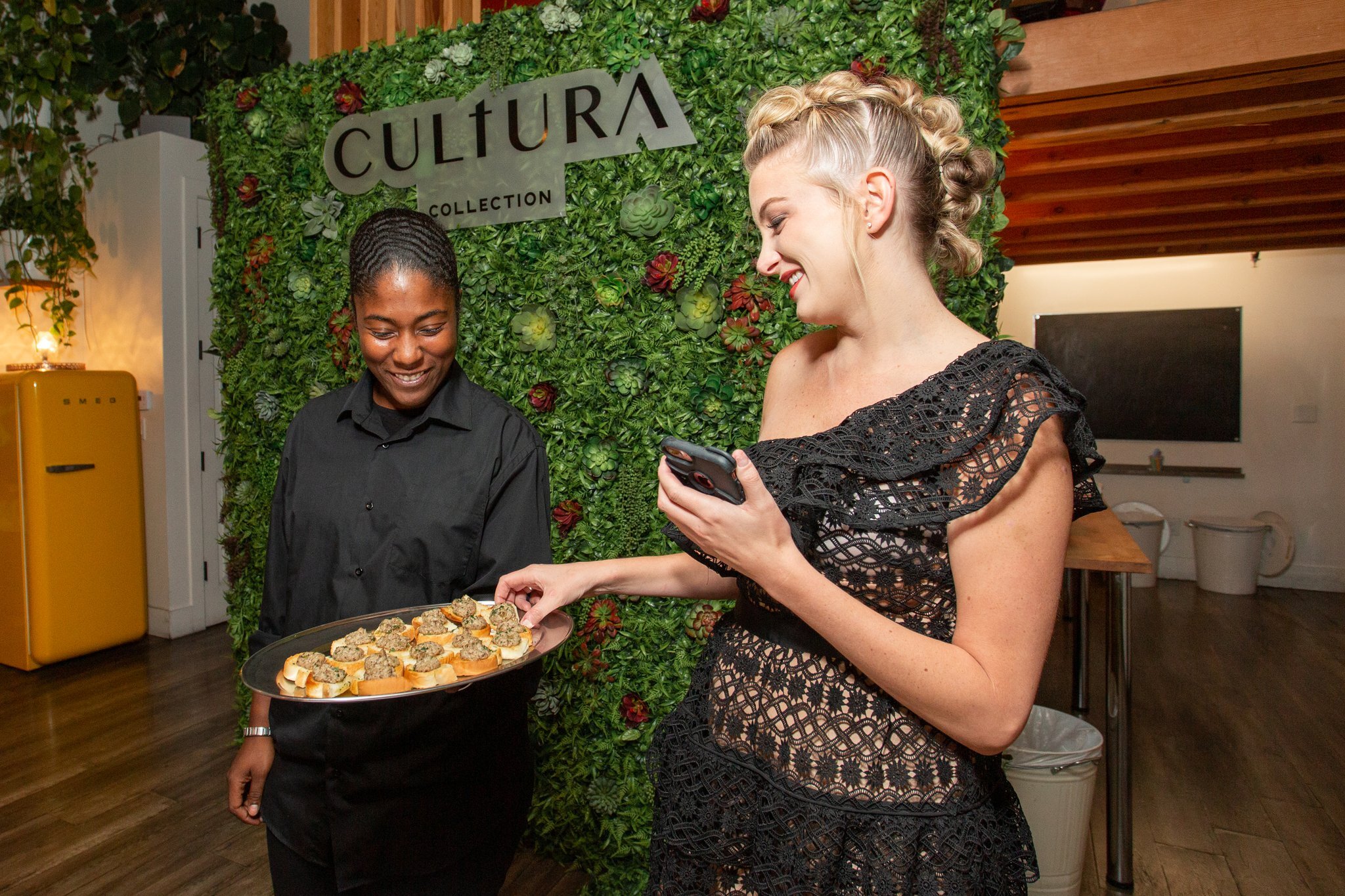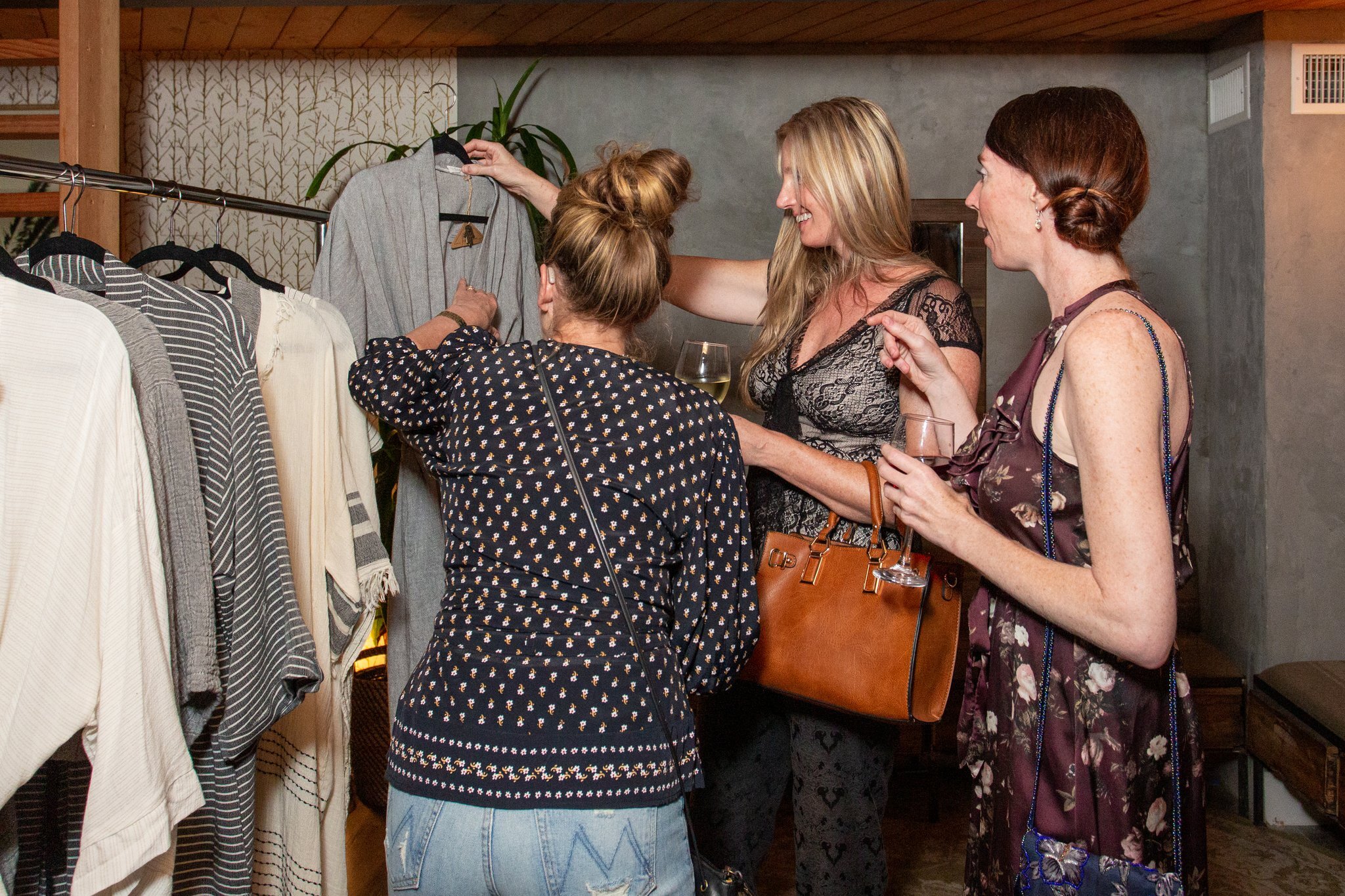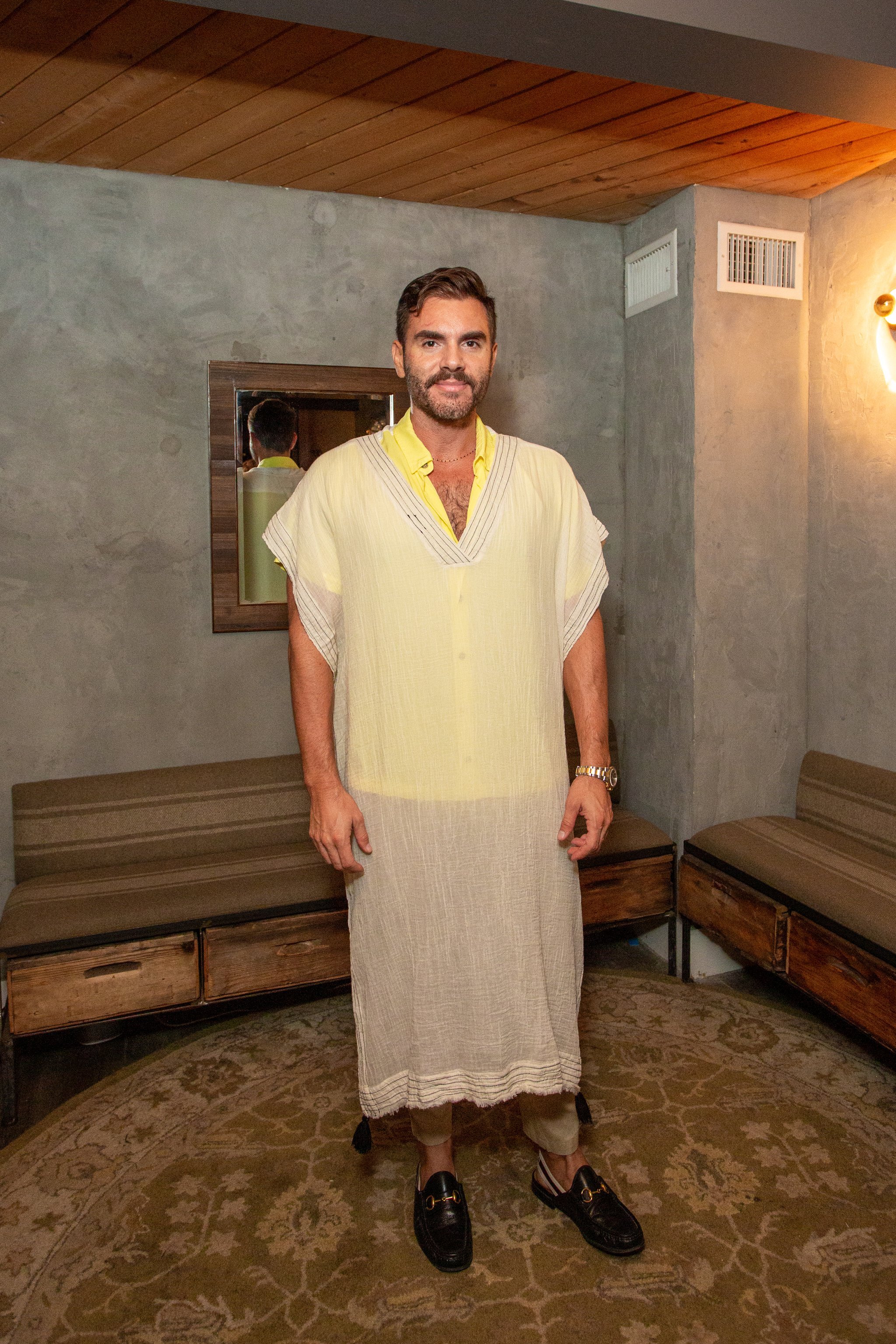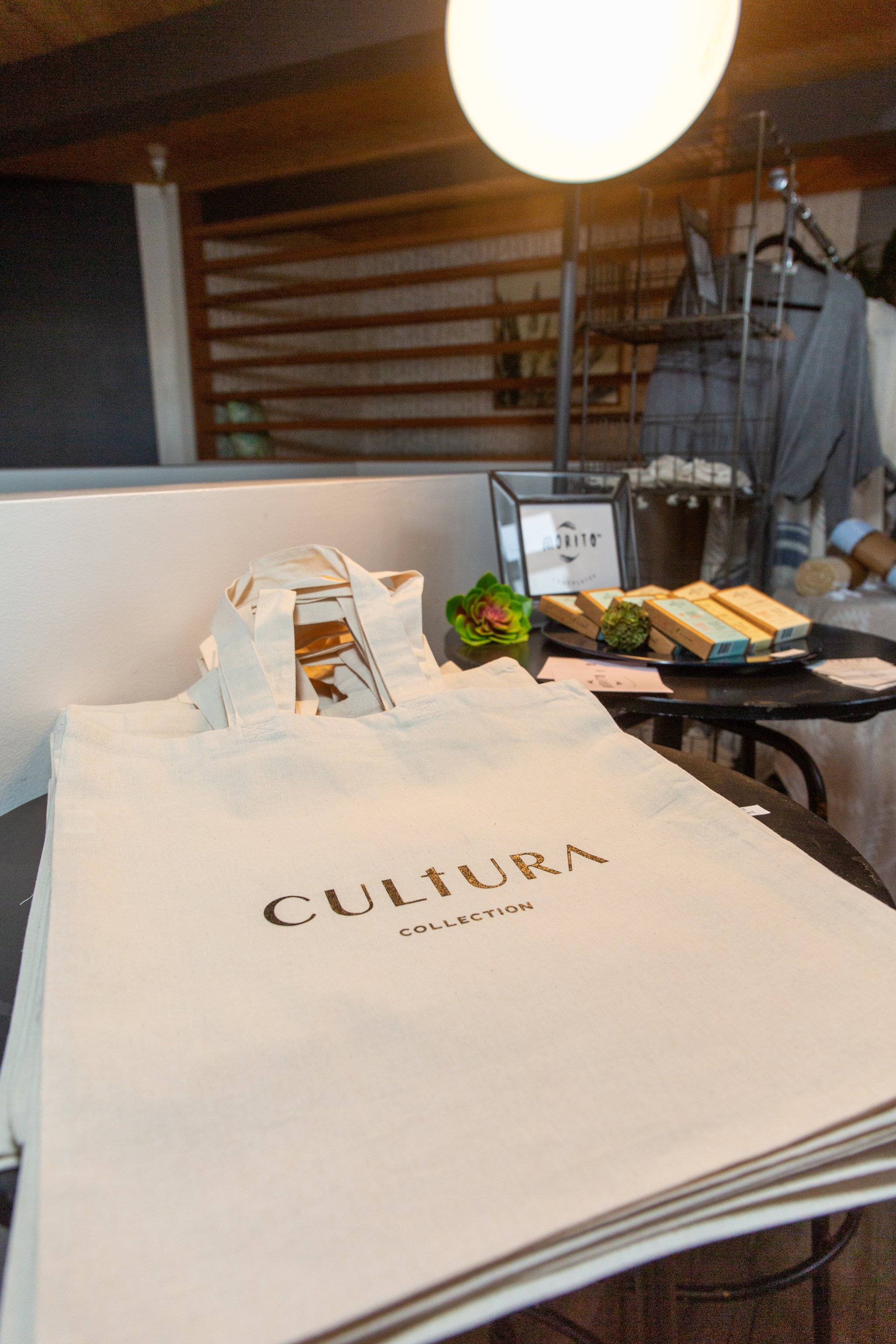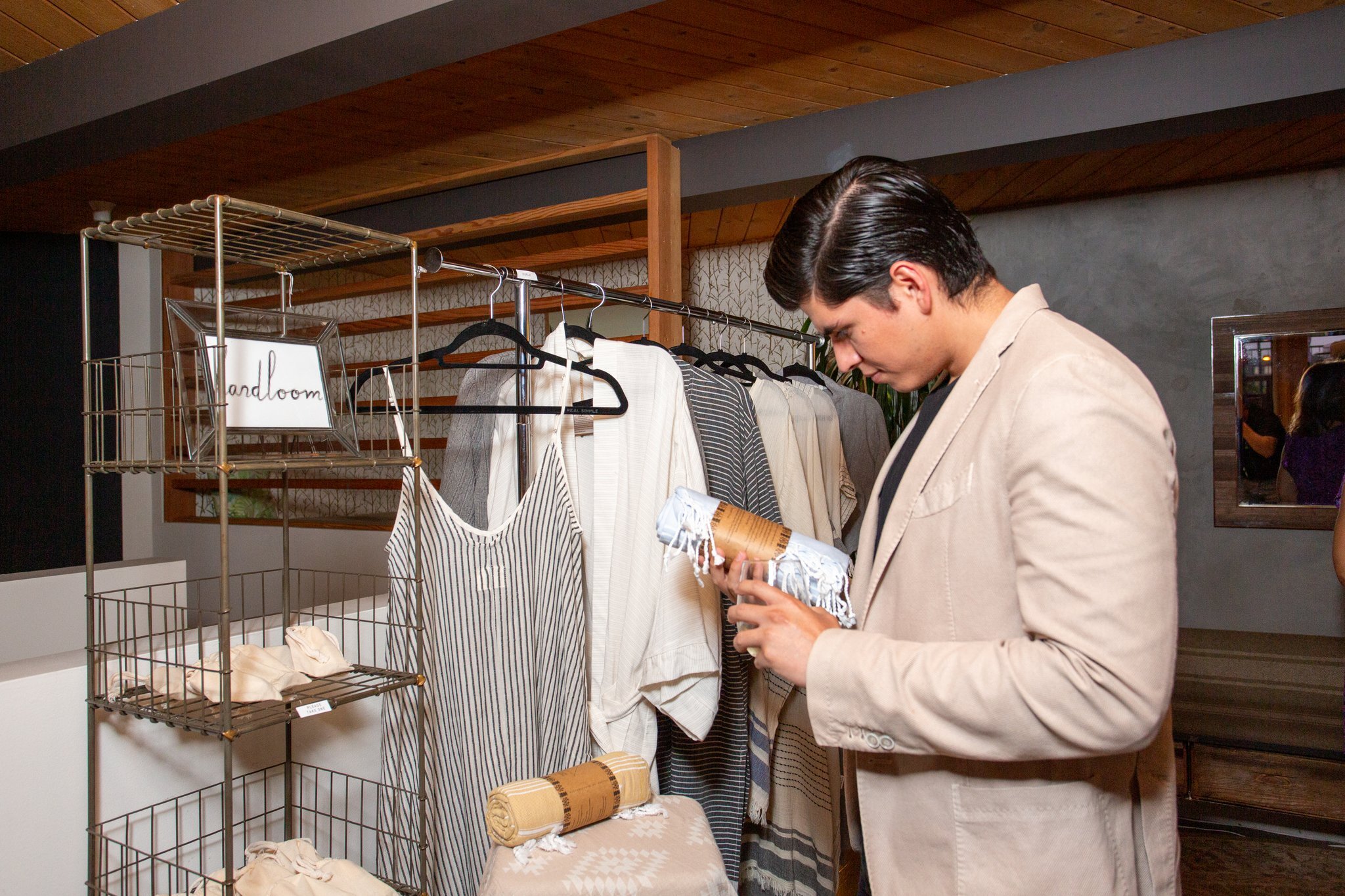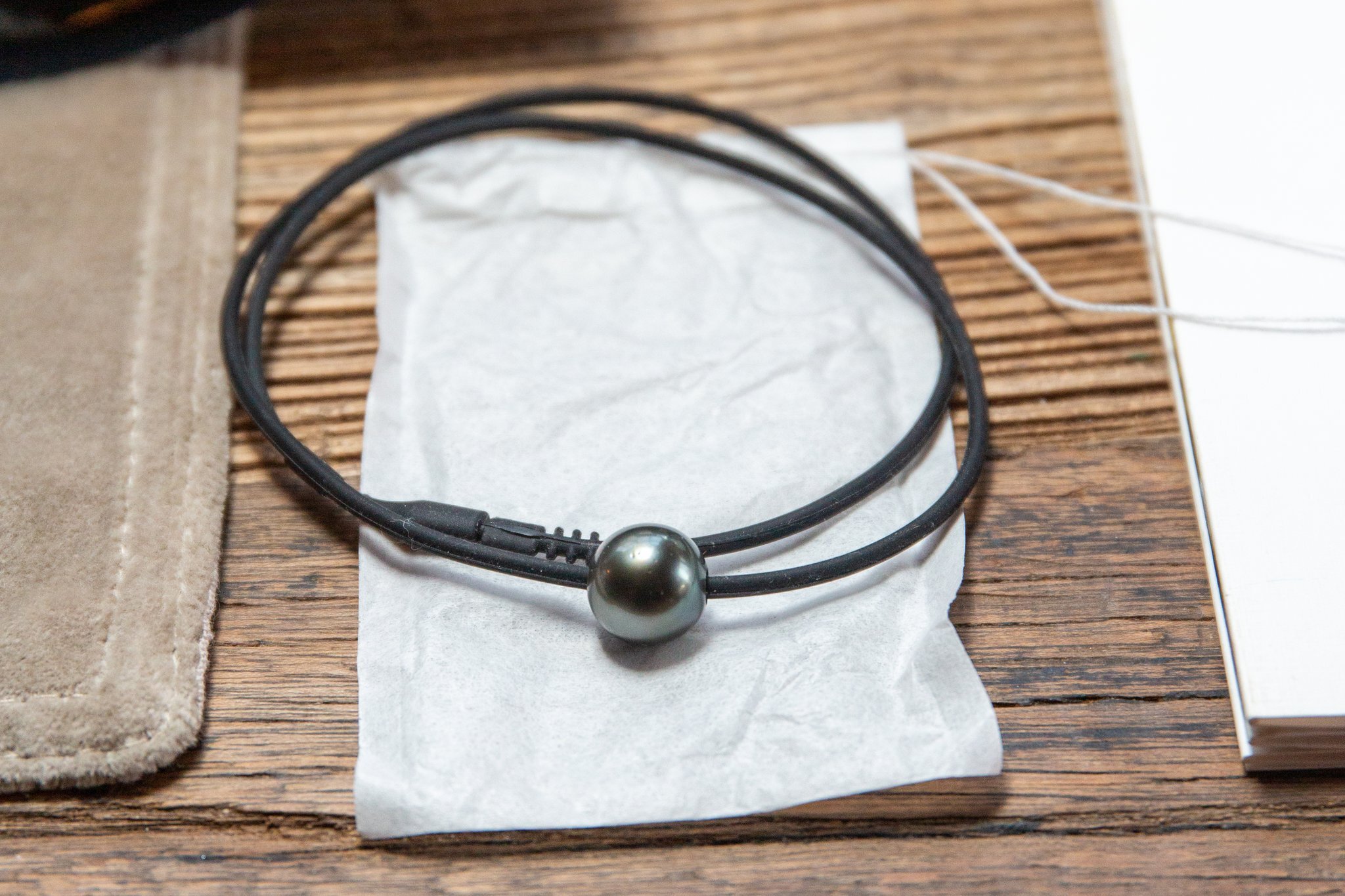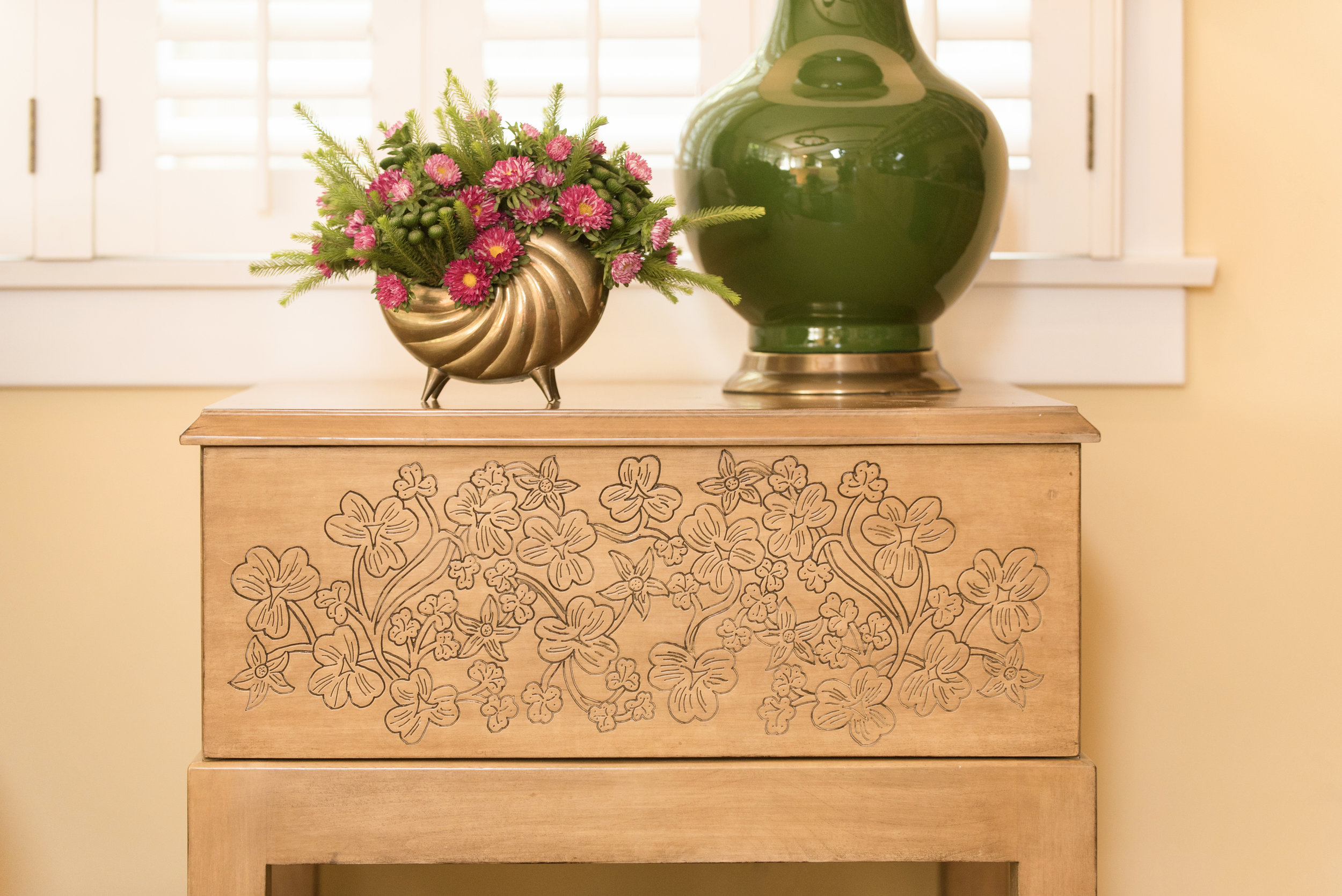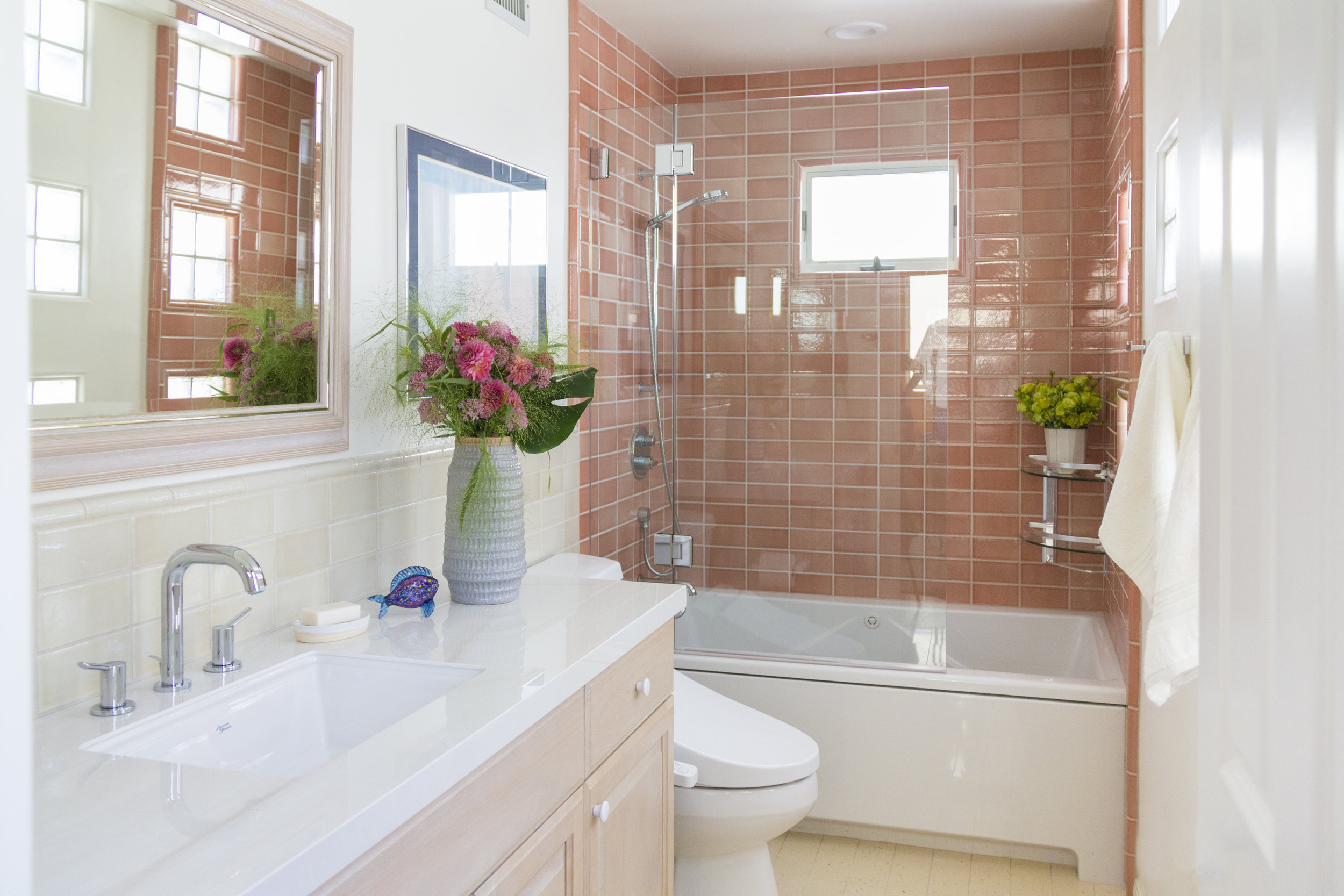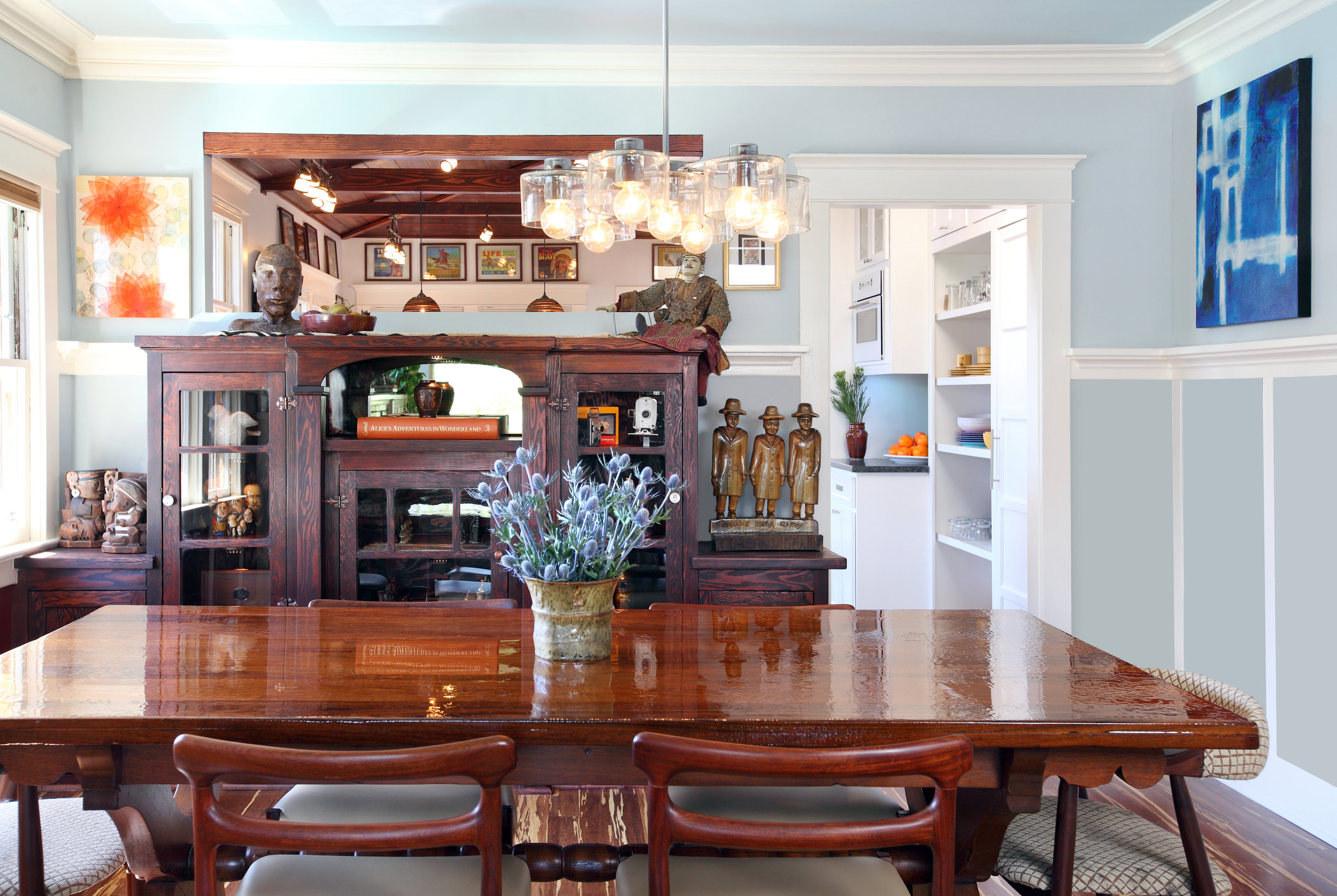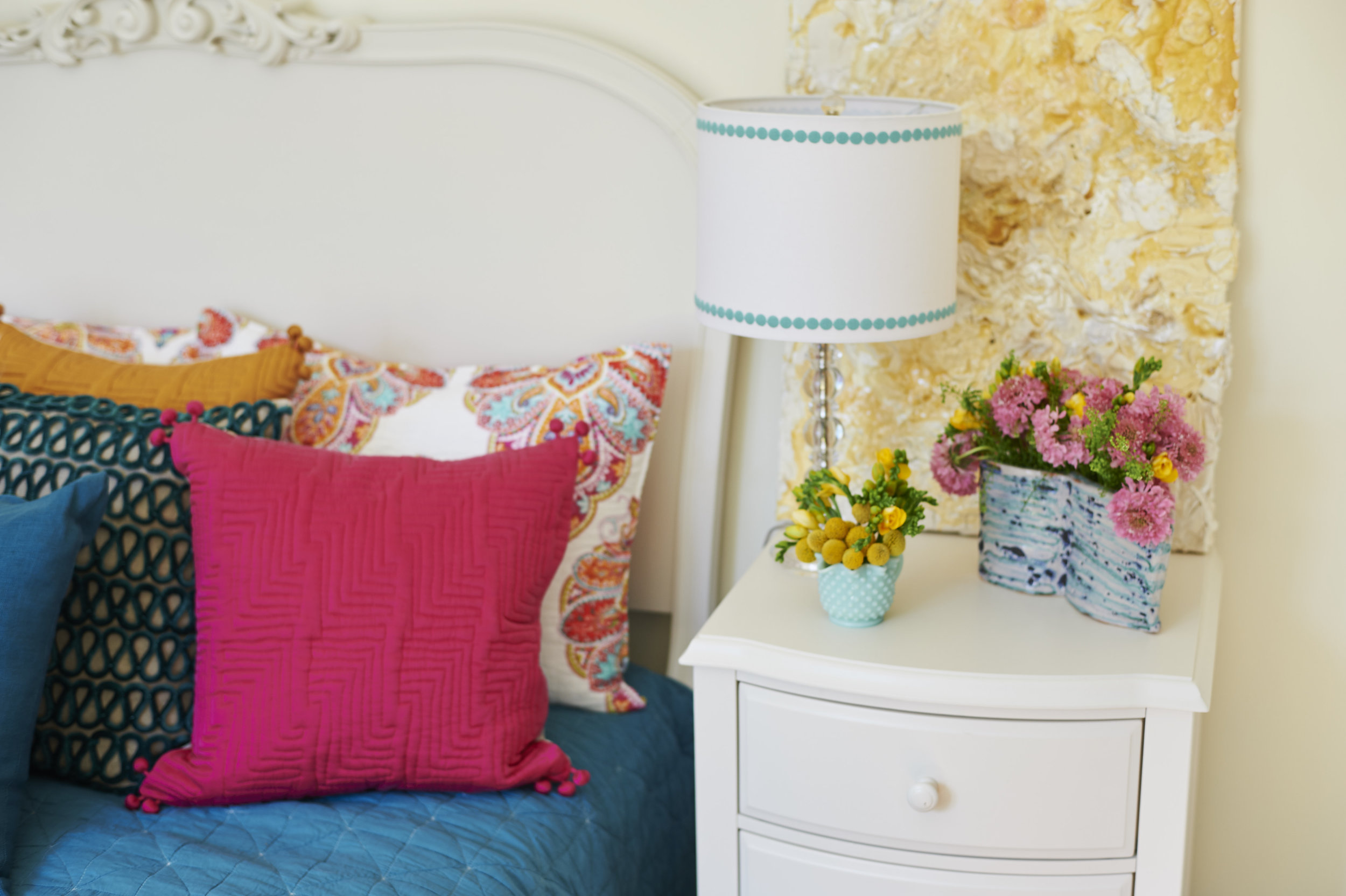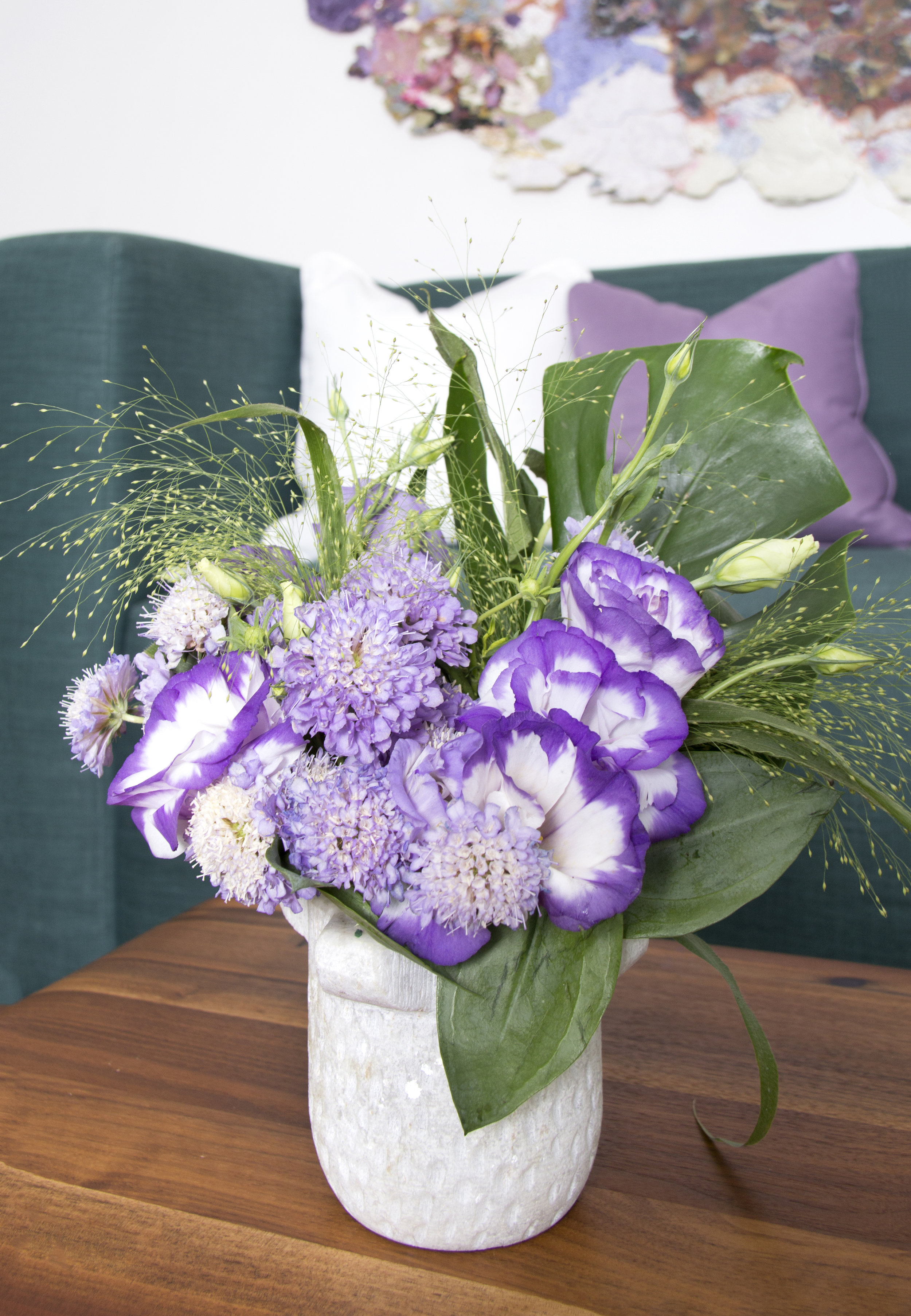California Craftsman: History Meets Nature-Inspired Design
/The California Craftsman is an iconic fixture within Los Angeles. A popular style between 1905 and 1920, these homes were inspired by the arts and crafts movement, which pushed back against the prevalence of mass-produced goods made available by the Industrial Revolution to focus on personal, handmade, quality-crafted design that connects with nature through form and material. This ethos inspired the clean, functional design of the California Craftsman, intended to showcase quality craftsmanship and the beauty of natural materials such as wood and stone. Californian Craftsman homes were also designed to incorporate elements of the surrounding natural environment, featuring wide, low-slung, gabled roofs that provide plenty of shade and porch space to enjoy the warm, mild climate and an abundance of windows that capitalize on ample sunshine to flood these homes with natural light. The local availability of quality natural materials, such as California redwood and river rock from the Arroyo Seco, combined with a nature-inspired palette, creates an indoor-outdoor connection that inspires unity with the surrounding natural environment through biophilic design.
This 1912 Southern California Craftsman home, lovingly restored with salvaged materials from the surrounding community, blends historical charm with contemporary biophilic design. Honoring the tradition of Craftsman design, this home celebrates the beauty of nature through objects, materials, and finely crafted and restored family heirlooms to create a warm, tranquil, and mindful space.
Over the years, this house has seen a series of misguided renovations intended to modernize the home interior. Vintage photographs documenting architectural elements of the property that had since been modified or removed were used to guide the restoration of this home to its authentic original design, which incorporated many salvaged materials, such as windows and built-ins saved from historical houses that were sadly being demolished in the surrounding community.
The focal point of the dining room is a brick fireplace, which was restored after being non-functional due to earthquake damage. The drywall was removed on either side of the fireplace to uncover two windows, which were restored with historically salvaged frames to create a flood of natural light that connects the space with the natural world outside.
Wood is a material that is prominently featured throughout this home. A vintage burl root mirror shaped like the hollow of a tree hangs above the fireplace, complimented by a collection of beautiful moss-covered branches that rest on the mantel. These objects incorporate organic wood forms found within nature to connect the finished wood surfaces of the mantel, bookshelves, and window frames with the natural world from which they originated.
While not original to the house, the sconces on either side of the fireplace mantel are estimated to be from 1912 - 1920 and were salvaged from a bungalow court that was being demolished in the local neighborhood. The chandelier above the dining room table incorporates vintage Quoizel glass shades that emulate the spirit of craftsman style through their resemblance to hanging flowers.
Nature-inspired forms and imagery permeate the dining room bookshelves through a series of new and vintage objects. The grey/brown fat lava glaze of a vintage West German ceramic planter connects with the natural world through the texture of its glazed surface, which is reminiscent of rocks or bark. A vintage glass pelican and decorative silver tray depict birds in differing styles that celebrate the work of artisans inspired by nature.
An antique Legras cameo vase made from pink glass etched with floral motifs is a family heirloom that sits alongside a landscape painting of wildflowers radiating the joyous presence of spring.
The Queen Anne-style antique mahogany dining set from the early 1800s, a family heirloom, was carefully restored, with the dining chairs reupholstered in a luxurious green mohair fabric. This nature-inspired palette connects with the natural beauty of the wood used to craft this antique dining set.
The 1912 Hardman player piano, a unique addition to the dining room, was restored to play through its pedals or by being plugged into the wall, ensuring that this piano could once again fill the home with beautiful music. Hanging above the piano are a series of butterfly sculptures by Gwen Samuels. These works are made from images printed on transparent sheets, then cut and hand-sewn onto wire forms, merging elements of the natural and human-made world.
The living room combines vintage, antique, and contemporary objects to create a space that connects sustainable design practices, expert craftsmanship, and biophilic design. Many of the objects in this room have family history and personal meaning that infuses the space with memory and connection. A paper mosaic depitcing flowers by Karen Sikie hangs by the doorway, bringing the beauty and joy of nature into the space.
This Cuckoo clock, purchased in Munich, Germany, in 1972, was recently restored. This sculptural nature scene now hangs in the entryway to the living room as a timepiece of personal significance.
Some heirlooms have been repurposed as functional items within this home, such as this vintage rocking chair, a childhood object full of happy memories that now functions as a plant stand.
An Art Deco chandelier by the Muller Brothers of Luneville, France, hangs over in the center of the room. This light fixture's blue, cream, and amber glass emulates the feeling of a beautiful sunset, with wrought iron details that incorporate organic hanging shapes resembling Arum Lillies.
Wood flooring, paneling, and built-in cabinetry swath the living room in the beauty of natural woodgrain. This wooden coffee table is a beautiful piece of biophilic design that celebrates the natural beauty of wood through its shape, material, and process of being made. This table is a treasured piece of artisan furniture made by splitting an unmilled log of English walnut into two parts to create two unique table tops that mirror each other. The live edge retains the organic form of the tree from which it was made, connecting with the serene woodlands from which this tree was sourced. The entire surface is textured with chisel marks that poetically incorporate the process of hand-working the wood into its final aesthetic, drawing attention to the skilled craftsmanship of this bespoke piece.
A restored antique armchair was reupholstered with deep green linen velvet that echoes the textile of the dining room chairs to carry a lush nature-inspired palette throughout this home. This textile's soft and varied texture compliments the armchair's antique quality alongside a custom-made matching ottoman.
Throw pillows feature an artist-designed textile by Kale Tree that depicts blue-green Monarch butterfly chrysalises. The nature-inspired imagery of this textile connects with the joy of watching Monarchs form cocoons in our garden as they emerge and migrate throughout California.
Nature-inspired decorative objects are incorporated throughout the room in figurative and abstract forms. A beautiful vintage duck expertly hand-carved from wood connects with the wood built-ins throughout the home. The organic form of a German-designed, hand-blown, smokey taupe glass table lamp was created by merging two glass spheres to create soft, diffused lighting within the space. An antique American Art Deco vase made from frosted green glass features a patterned surface that depicts a beautiful nature scene complete with wild berries and grasshoppers, creating a subtle reference to nature. A paper mosaic by Karen Sikie that hangs on the wall above compliments these nature-inspired objects with a depiction of pink flowers on a lush green background.
The home office features a cherished vintage worktable that has been in the household for years. Its well-loved, prominent woodgrain harmonizes with wood flooring, built-in shelving, and cabinetry throughout the room.
A large-scale hazy landscape painting by Peter Burega hangs over the work area, creating a calming presence within the room. The green palette connects with the round organic shape of a plush upholstered desk chair and the many plants placed throughout the room.
A series of nature-inspired decorative objects are playfully scattered throughout the built-in bookshelves, bringing the joy of collecting personally meaningful objects into this home office. A collection of nature-inspired books, including a cherished antique volume of "Historie Naturelle Des Oiseaux," are artfully arranged. A vintage ceramic Maine wren perched alongside a vintage handmade pelican and wren play with scale, as some seem to be actual size while others are miniature. Other vintage items such as a handcrafted ceramic pitcher featuring an acorn and oak leaf detail and a hand-carved oak artwork depicting flowers, connect with the woodlands where we may expect to encounter these birds in the wild, evoking the sense of calm that we experience when birdwatching.
This intricately carved 19th-century French Black Forrest Oak wall mirror depicting a dog surrounded by leaf motifs marries fine craftsmanship with the beauty of natural materials and nature-inspired imagery to reflect the core components of craftsman design.
The 1960s bi-level walnut tambour door desk and contemporary globe floor lamp incorporate an element of the mid-century modern aesthetic to this workspace.
The materiality of wood is also incorporated into an artwork by Aneesa Shami Zizzo that hangs over the built-in work desk. Zizzo weaves thin strips of wood with fiber in this artwork to create a beautiful nature-inspired wall hanging.
The bathroom of this home features a combination of salvaged materials and reproductions that restore this space within the ethos of craftsman design. The antique bathtub and pedestal sink were salvaged from historical properties within the local community that were set for demolition. A stained wood wainscot was installed throughout the room alongside historical reproductions of traditional sconce lighting to create a sense of continuity and harmony between this room and craftsman design features throughout this home.
Natural materials are incorporated into the space through local Californian slate mosaic flooring. This stone's nature-inspired brown, white, and grey palette harmonizes with the warmth of wood throughout the room to create a cozy and inviting space. A shower curtain made from the Kale Tree Matilija Poppy Textile (Natural) introduces a timeless botanical print that evokes the joy of this Californian native wildflower. An antique cast iron boot scraper shaped like a cat serves as a playful doorstop. This folk art sculpture from the early 1900s is a playful link between the natural and the domestic world.
A basement in California is quite rare, unusual, and coveted. The unfinished basement of this home was transformed into a bedroom, bathroom, and kitchen, creating a separate living space downstairs. Natural materials such as wood are incorporated throughout the space to create the aesthetic of a handcrafted rustic cabin.
Two south-facing leaded glass windows and a large window in the door to the outside allow natural light to enter the space. A painting by Renae Barnard, which hangs over the bed, depicts a semi-abstract desert landscape based on the memory of a childhood photo. It fills the negative space around a series of Yucca trees with an earthy dusty pink palette to reveal the impression of their form.
Nature-inspired objects and bird motifs that decorate the bookshelves celebrate the joy of collecting throughout the space. Two vintage ceramic decorative quail statues are accompanied by miniature paintings of a Ruby-crowned Kinglet, Hermit Thrush, California Quail, and Scaly Breasted Munia by artist Vivienne Edwards.
Handmade ceramic vessels such as a Japanese Shigaraki mini flower vase bring organic forms and materials into the space while making room for biophilic elements such as plants and flowers.
The restoration of this California Craftsman is a testament to the enduring appeal of timeless design and the power of biophilic principles. This home pays homage to the past and fosters a deep connection to the present by honoring its original artistry and integrating biophilic design within the restoration. The warmth of natural materials and nature-inspired design combined with expert craftsmanship within objects and spaces spanning generations creates a beautiful example of how traditional architecture and modern design can harmonize to create a truly inspiring and rejuvenating living space.
Sarah Barnard, WELL AP + LEED AP, is a leading designer of personalized, sustainable spaces that support mental, physical, and emotional wellbeing. She creates highly personalized, restorative spaces that are deeply connected to art and the preservation of the environment. An advocate for consciousness, inclusivity, and compassion in the creative process, Sarah has appeared in Architectural Digest, Elle Décor, Vogue, HGTV, and many other publications. In 2017 Sarah was honored as a “Ones to Watch” Scholar by the American Society of Interior Designers (ASID).
Bibliography
“Architecture Series: California Craftsman Bungalow Tailor-Made for SoCal’s Mild Climate, Relaxed Lifestyle.” Los Angeles Times, Los Angeles Times, 1 Dec. 2017.
Alpert, Yelena Moroz. “Craftsman House: Everything You Need to Know.” Architectural Digest, 29 Nov. 2023.
Hohenadel, Kristin. “This Popular Home Style Features Wide Porches, Low-Pitched Roofs, and Lots of Charm.” The Spruce, The Spruce, 6 Feb. 2025.
































































































